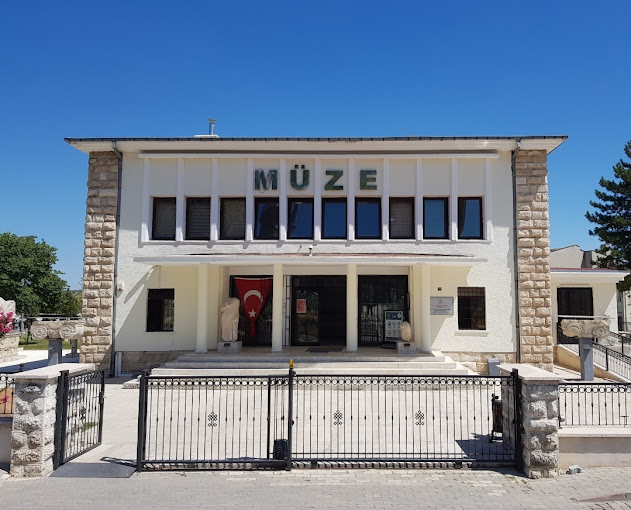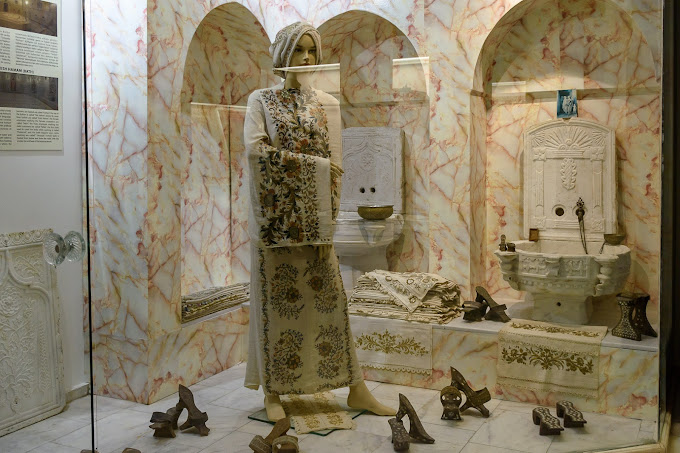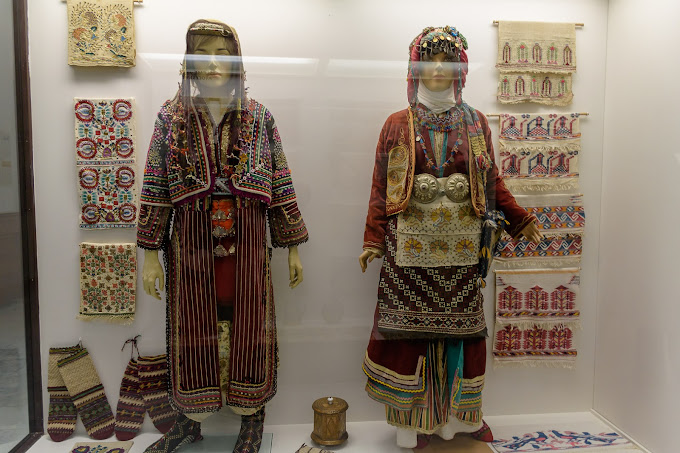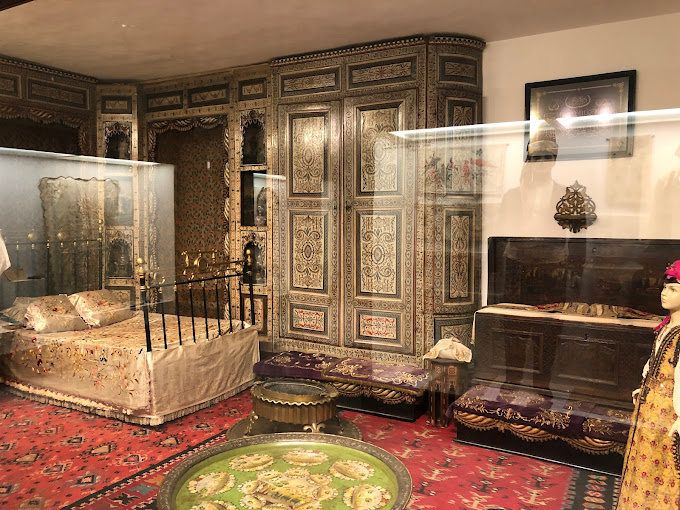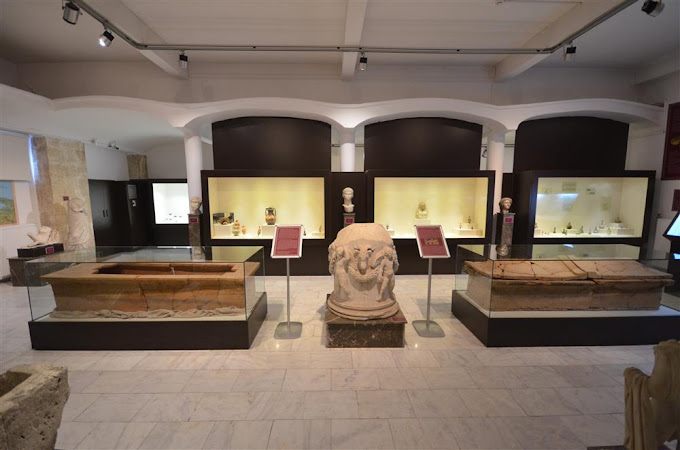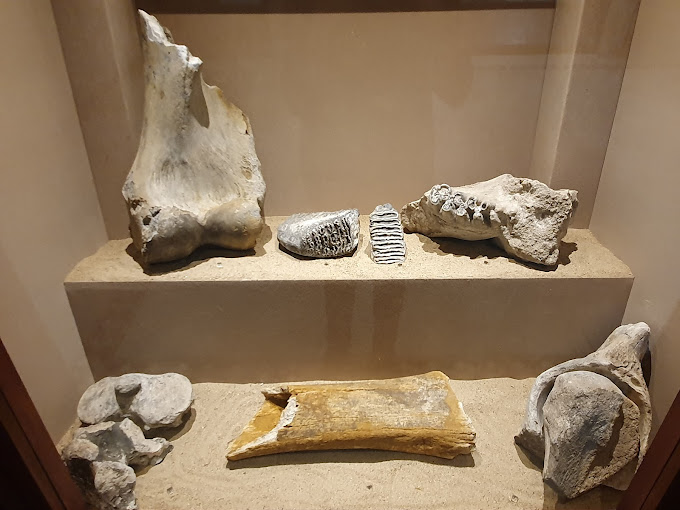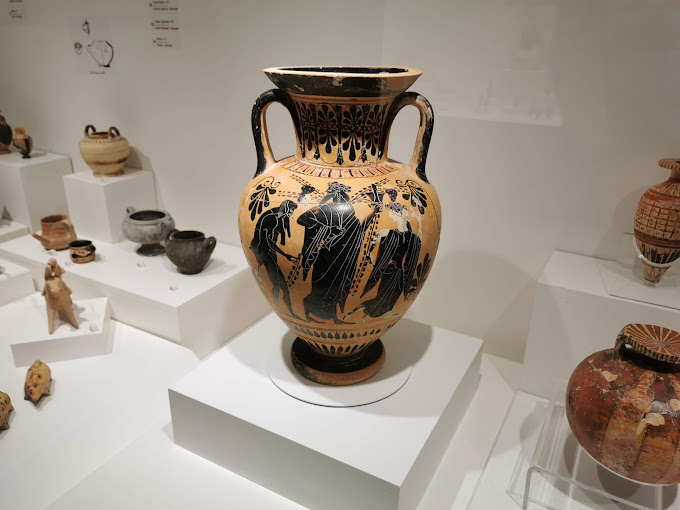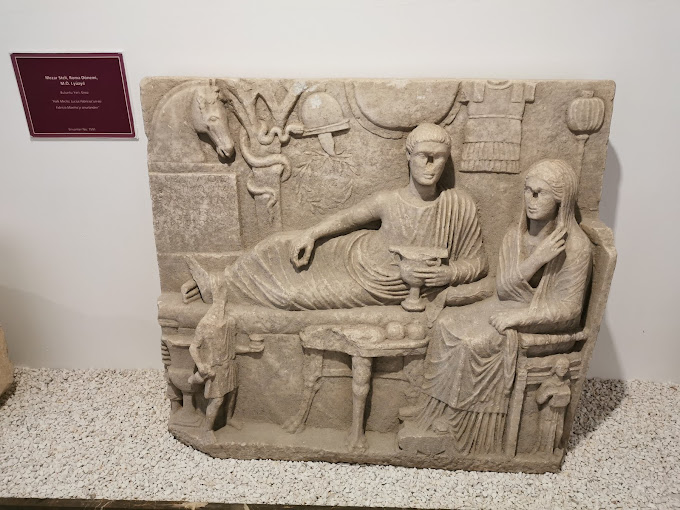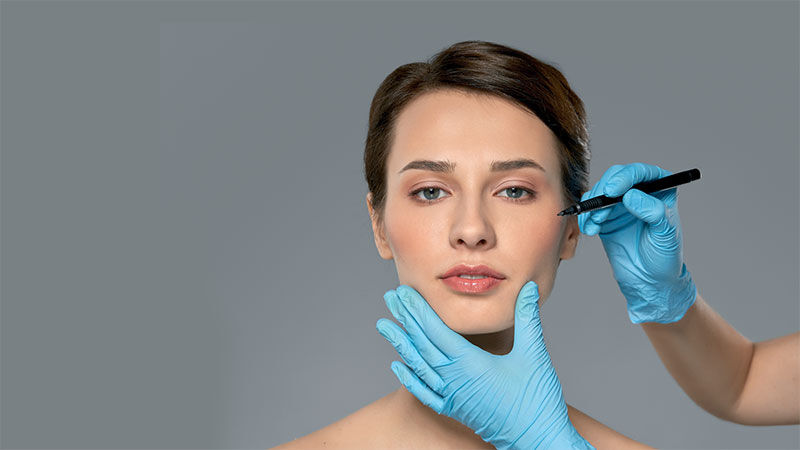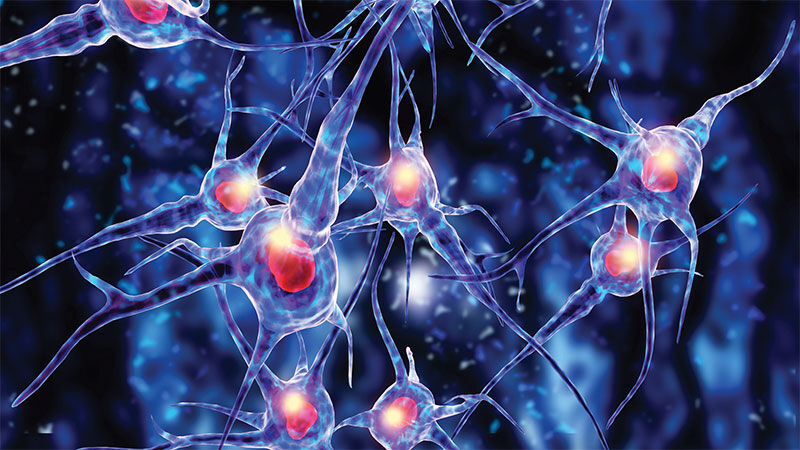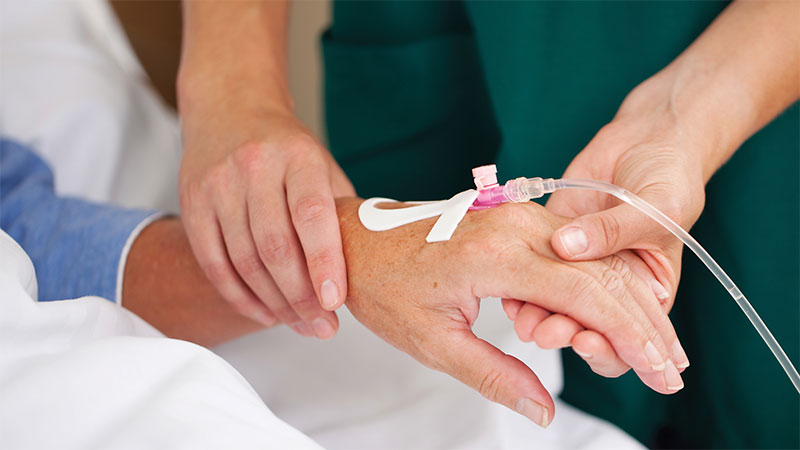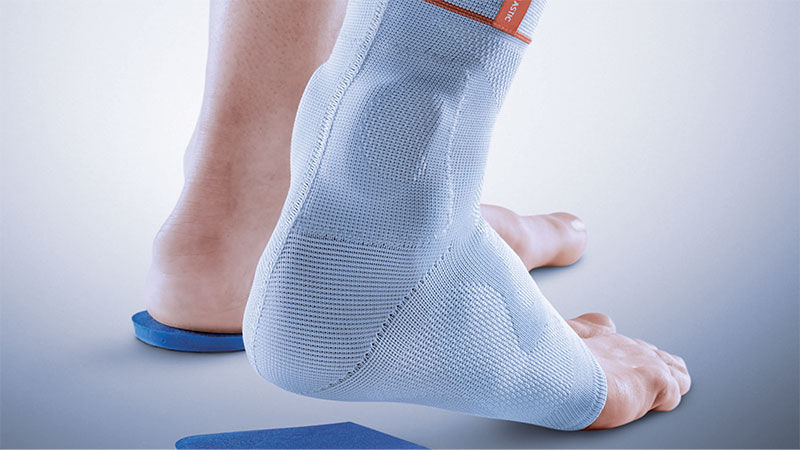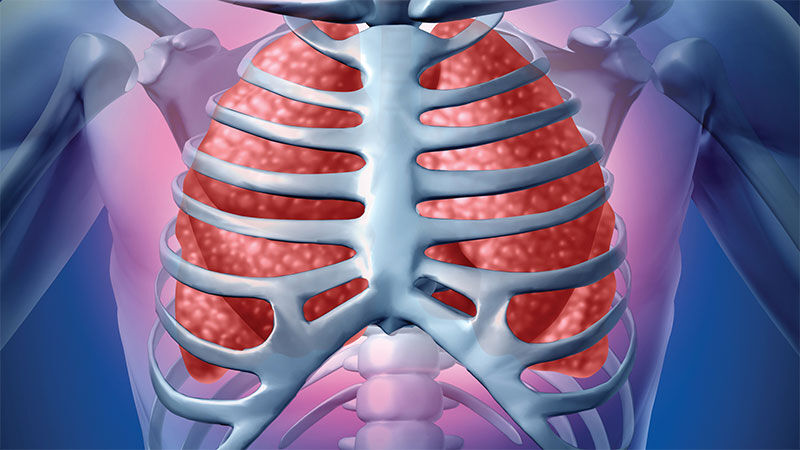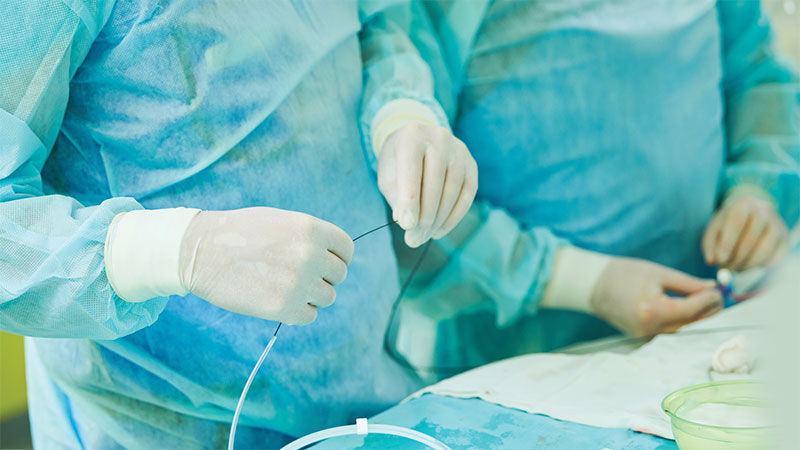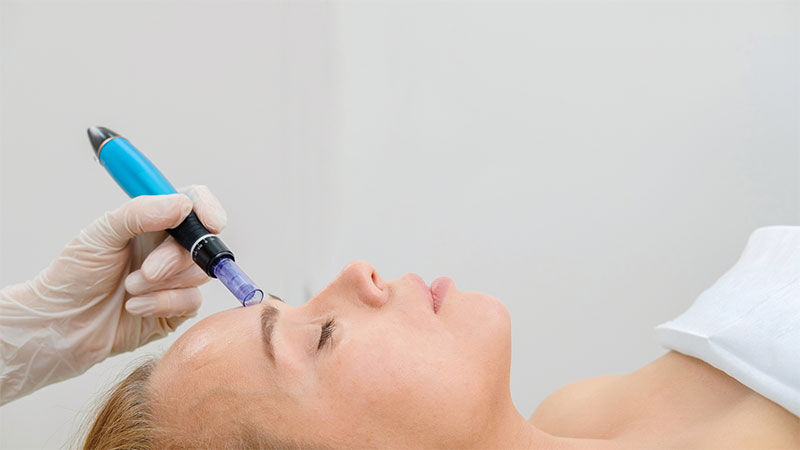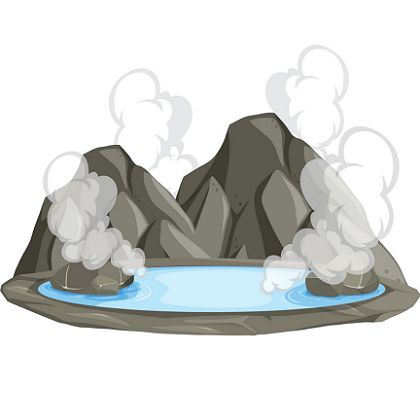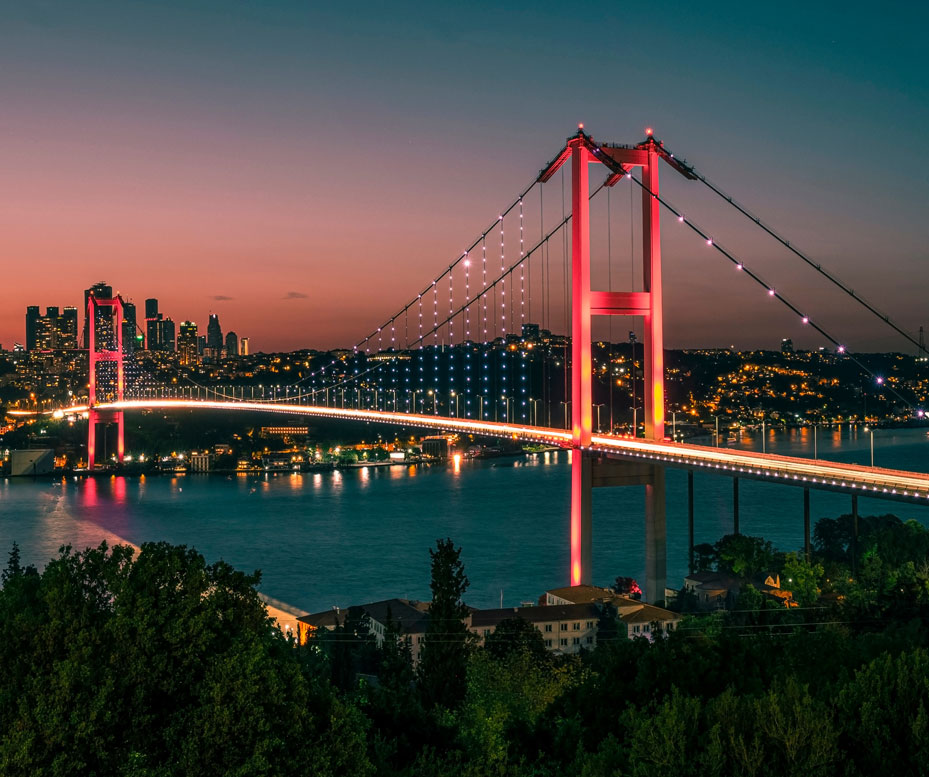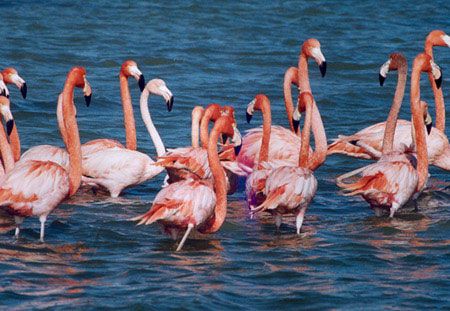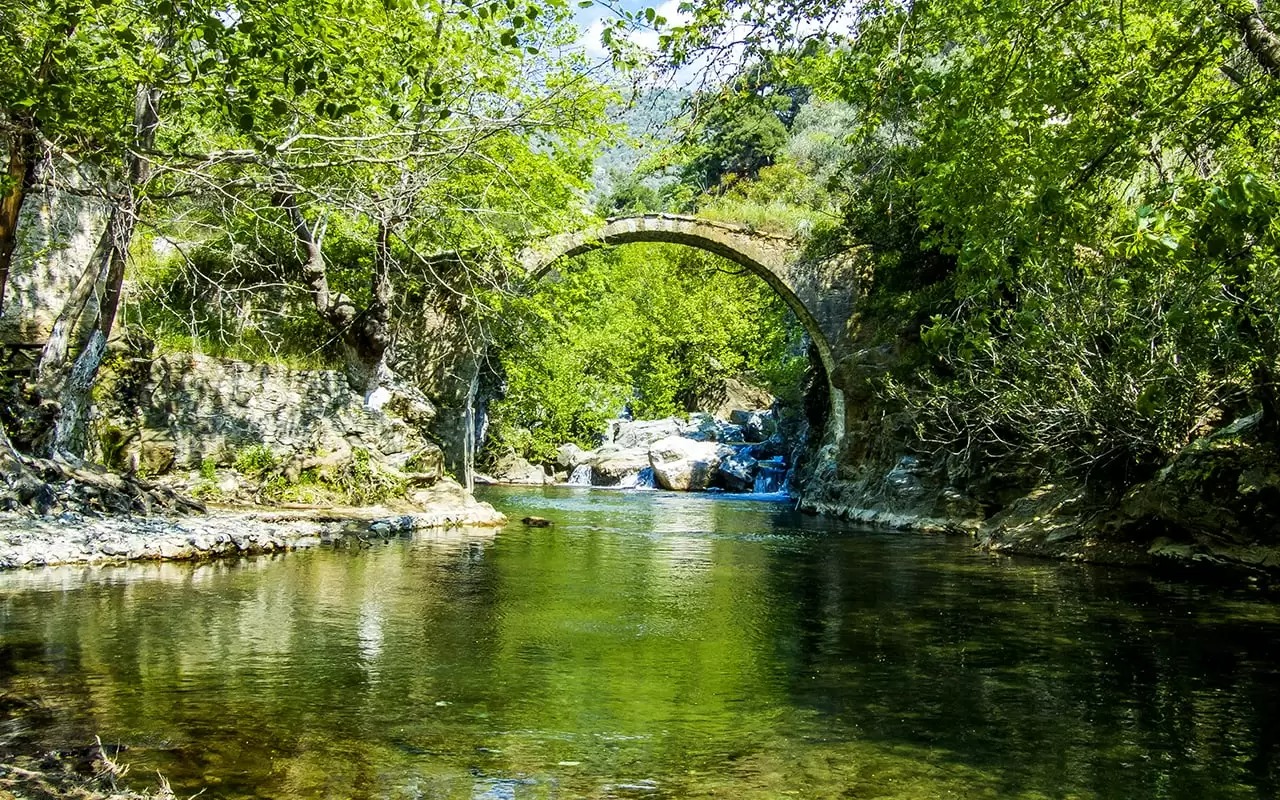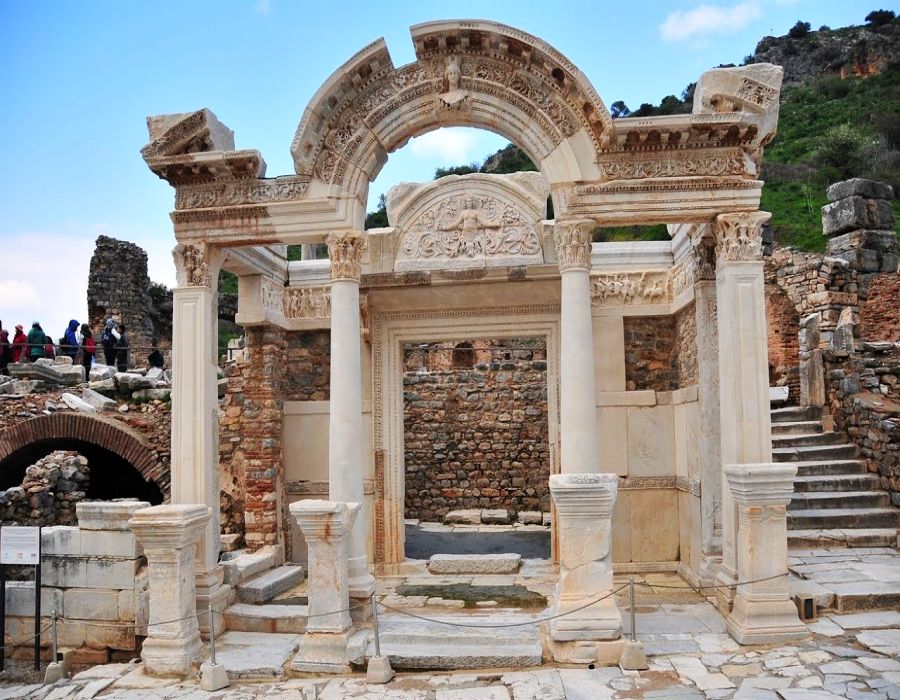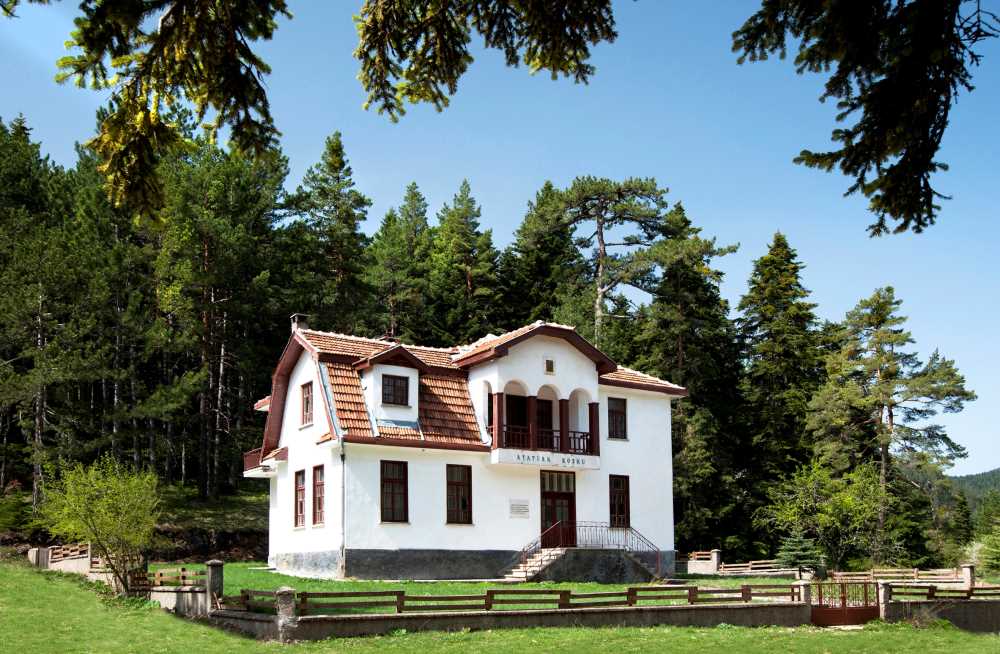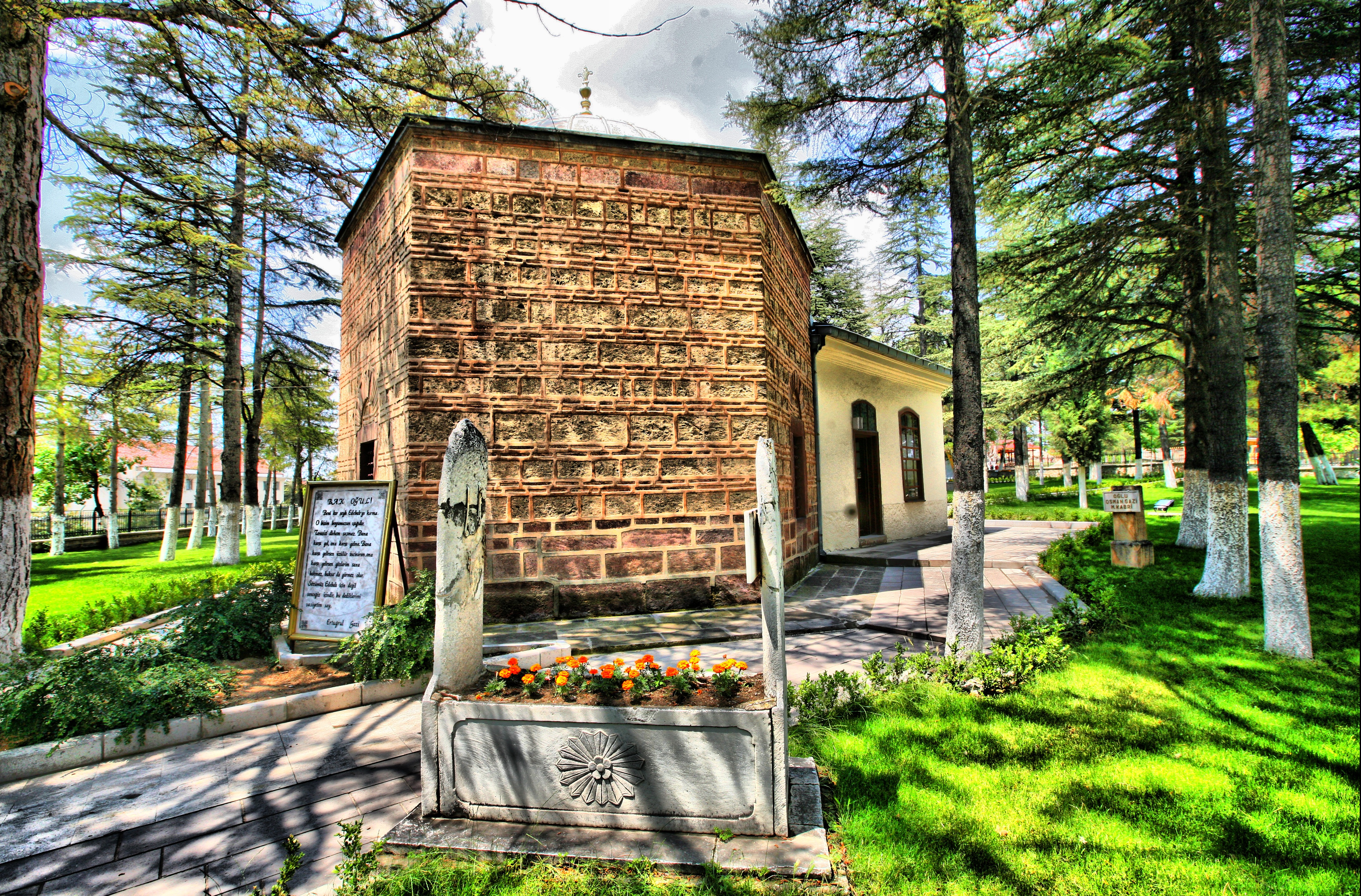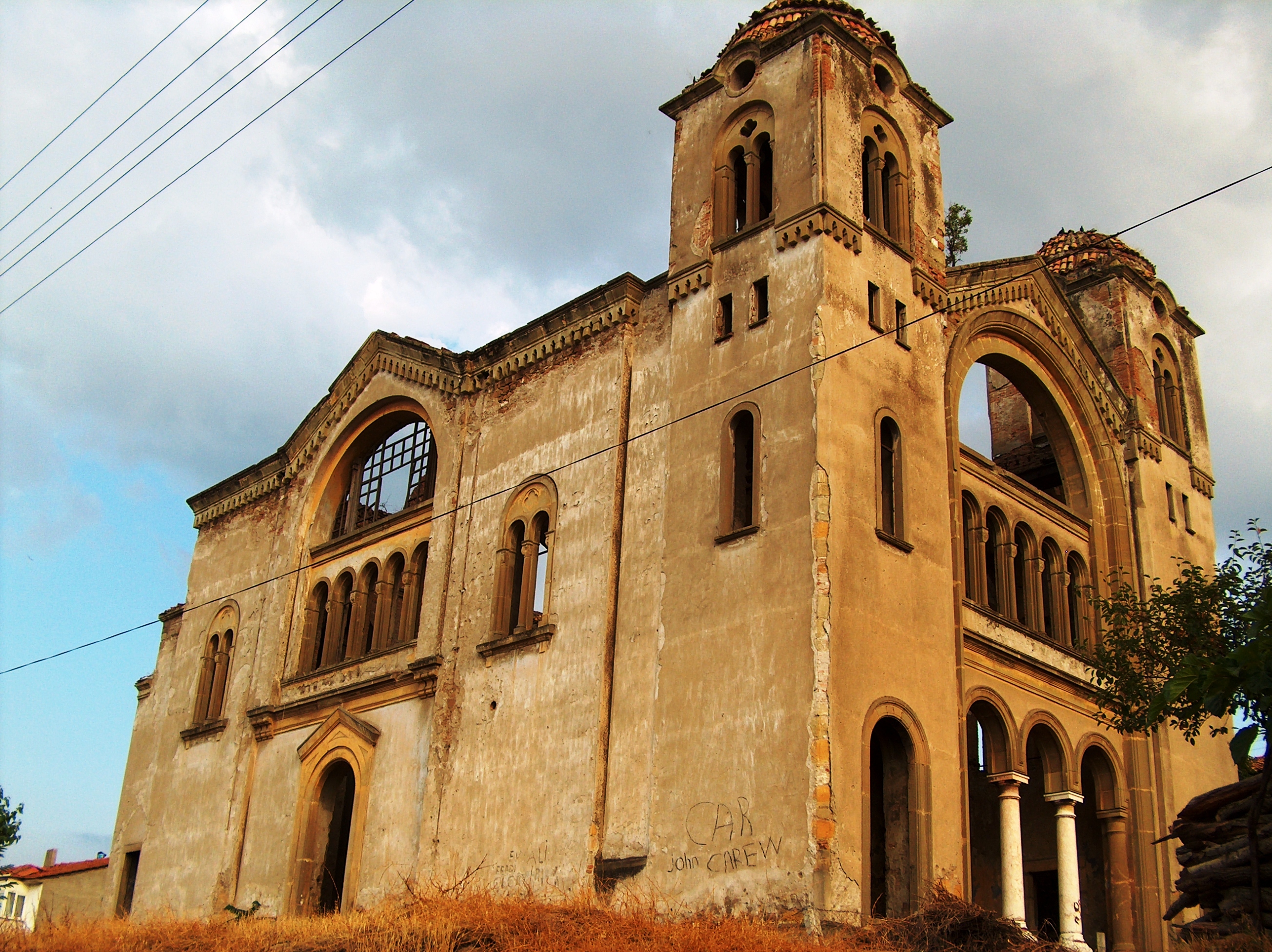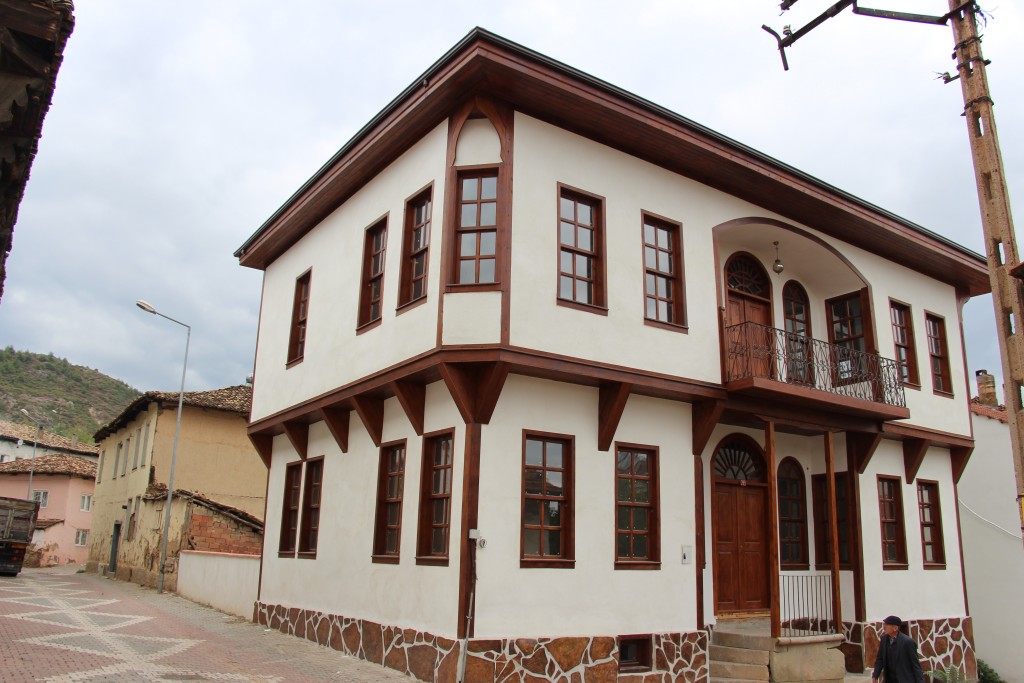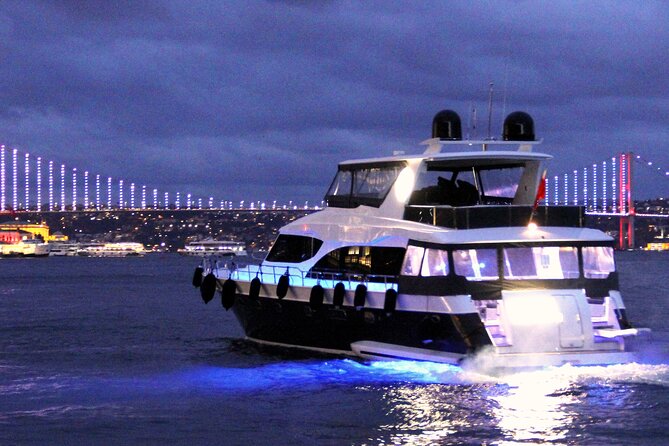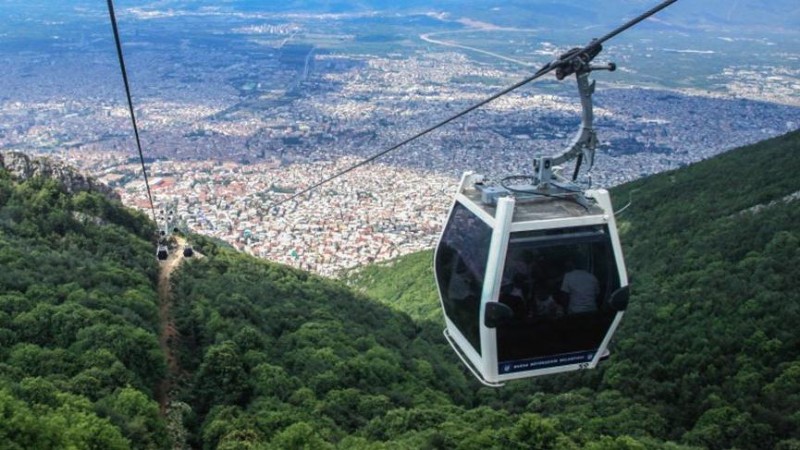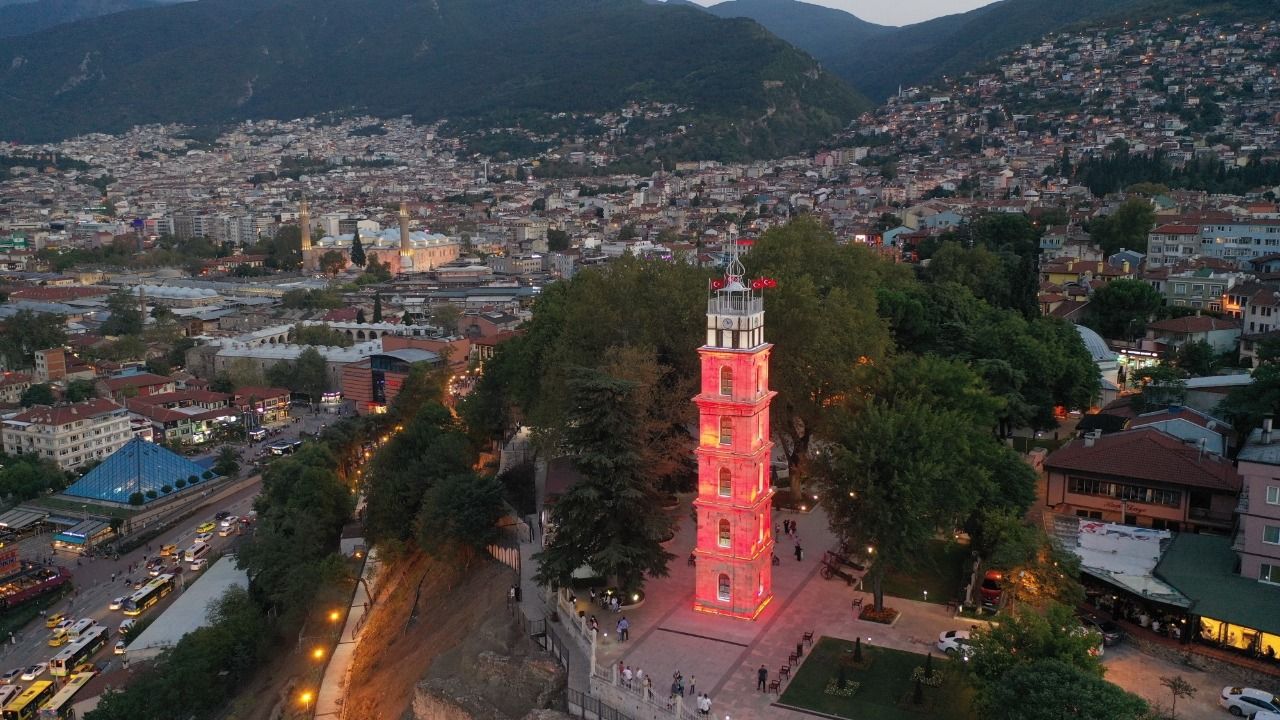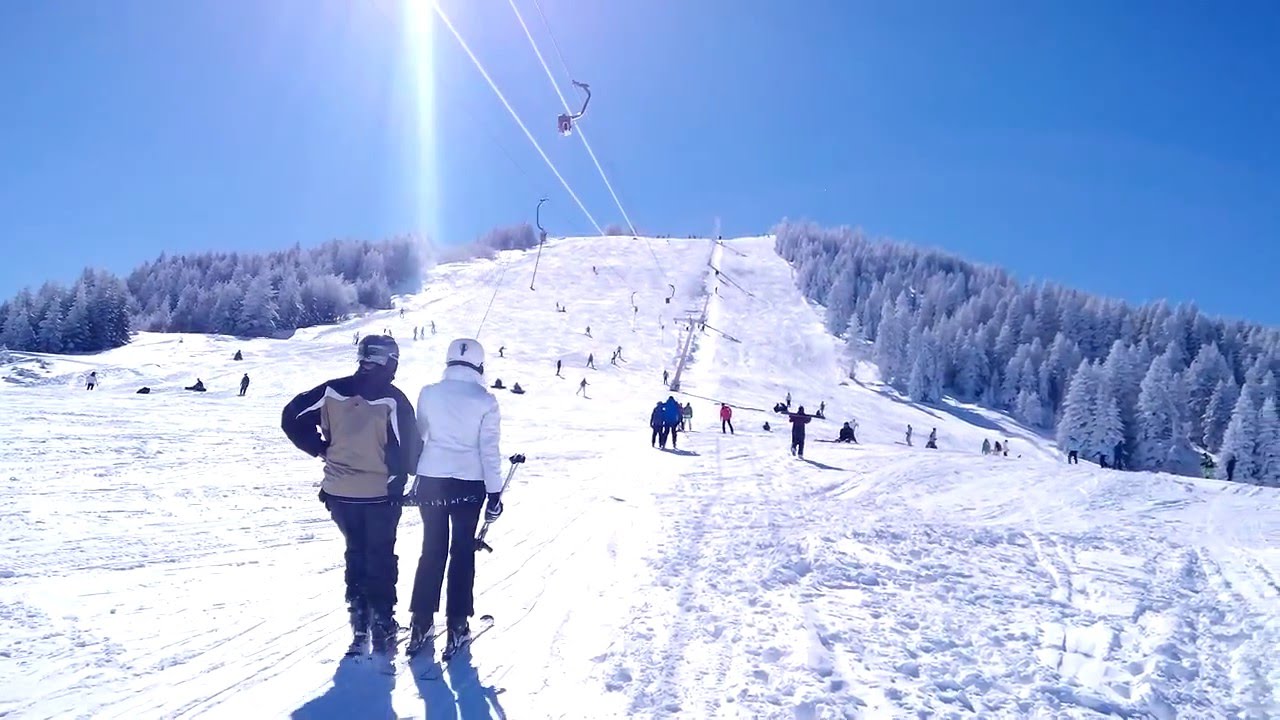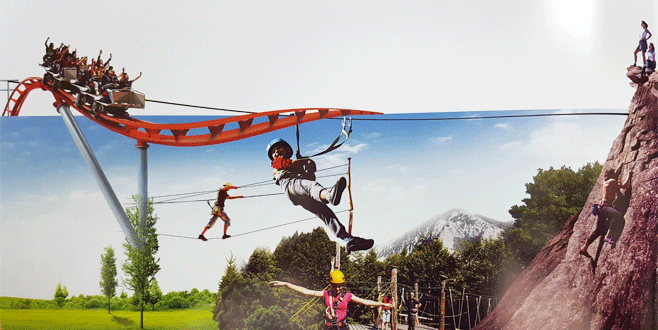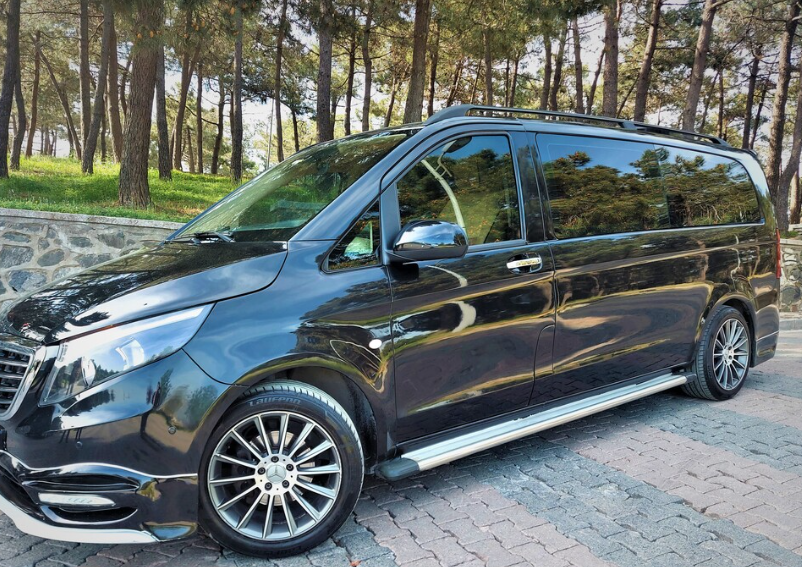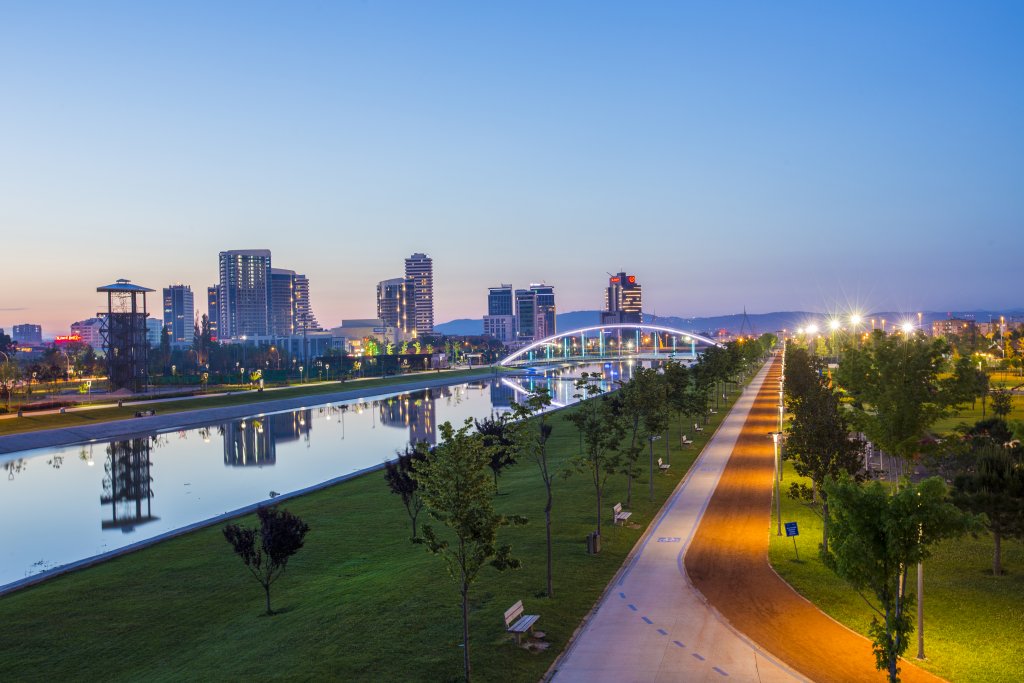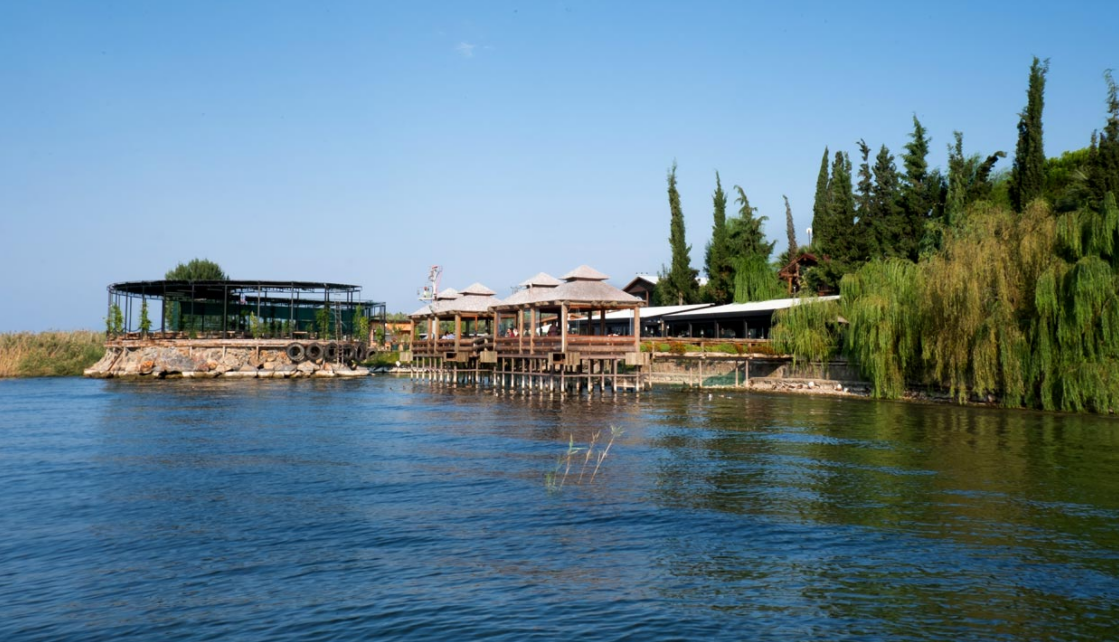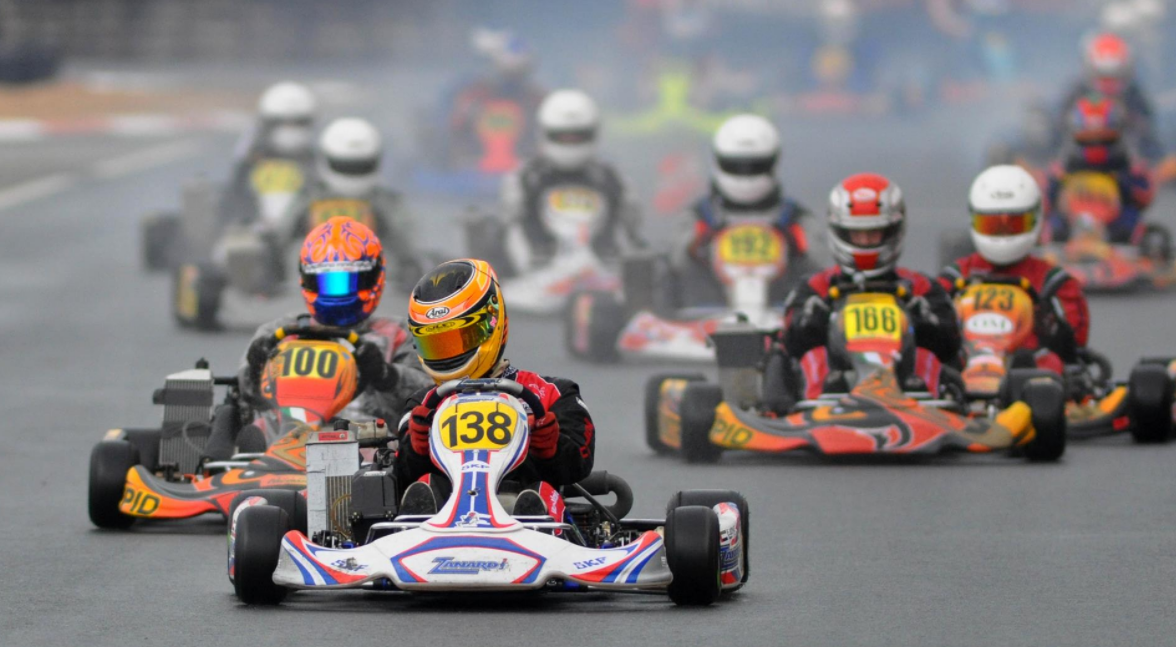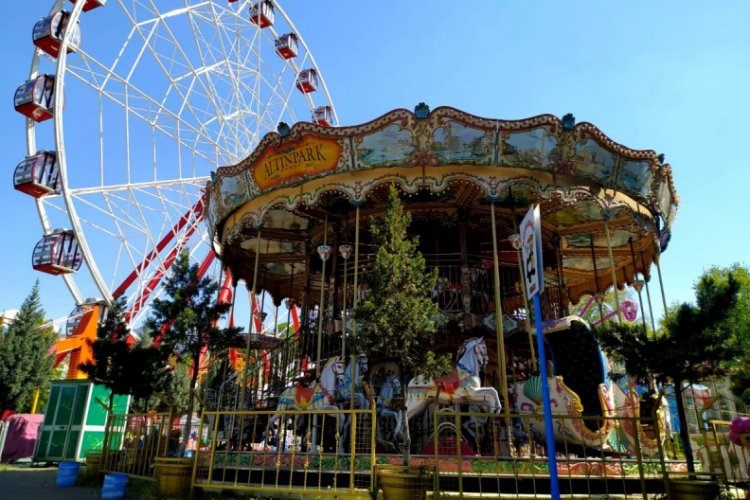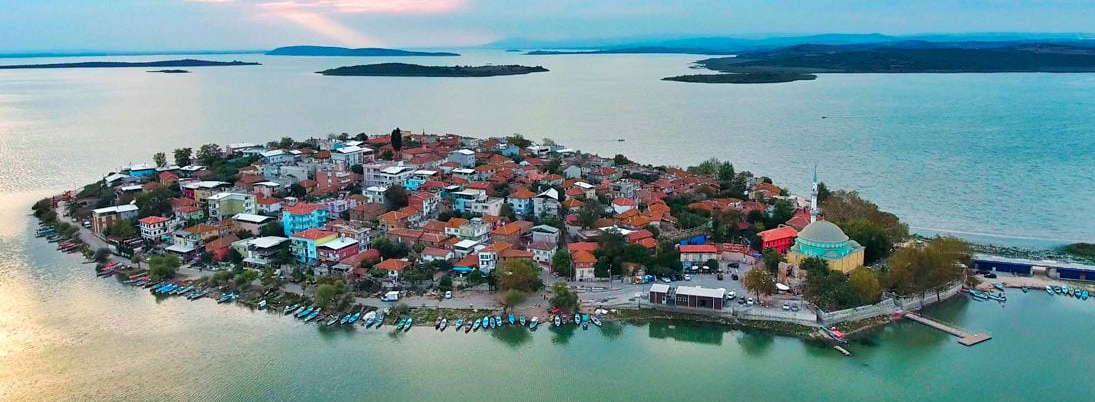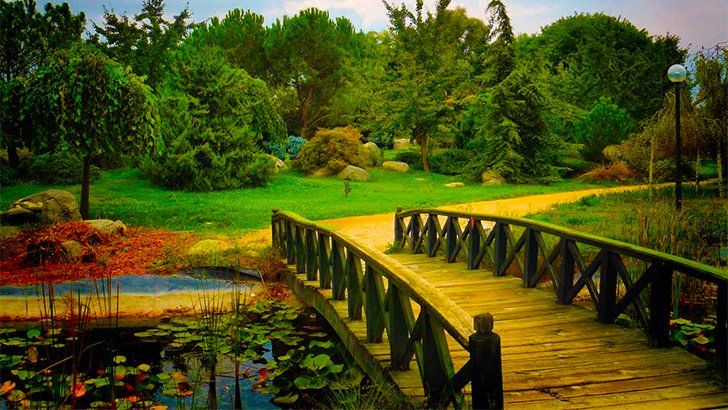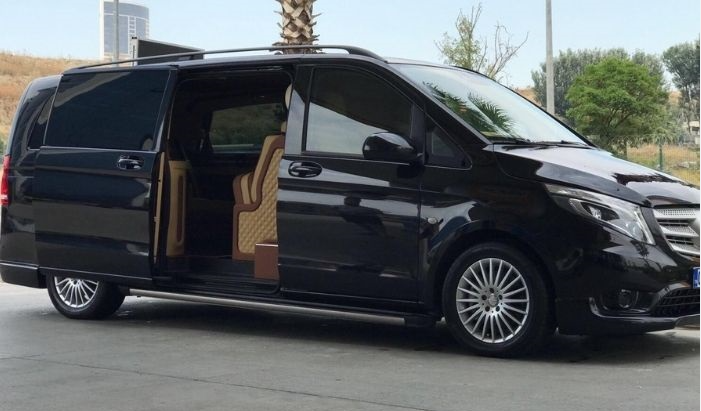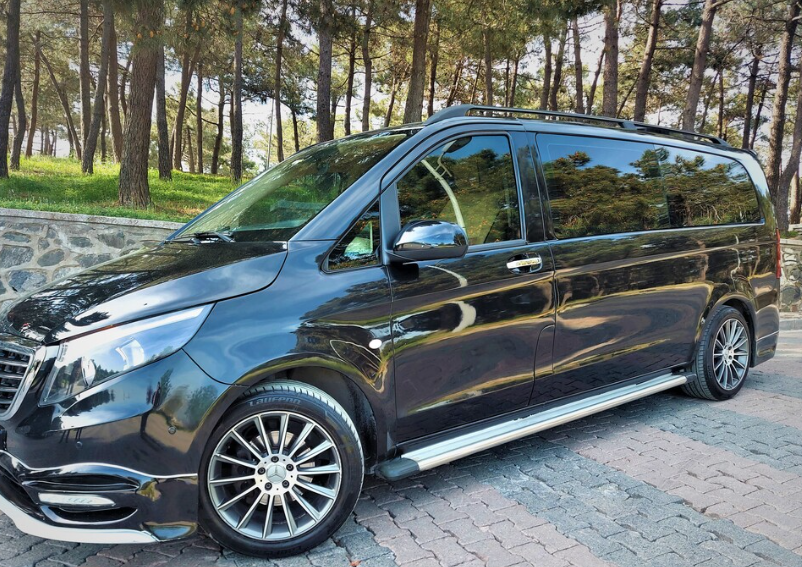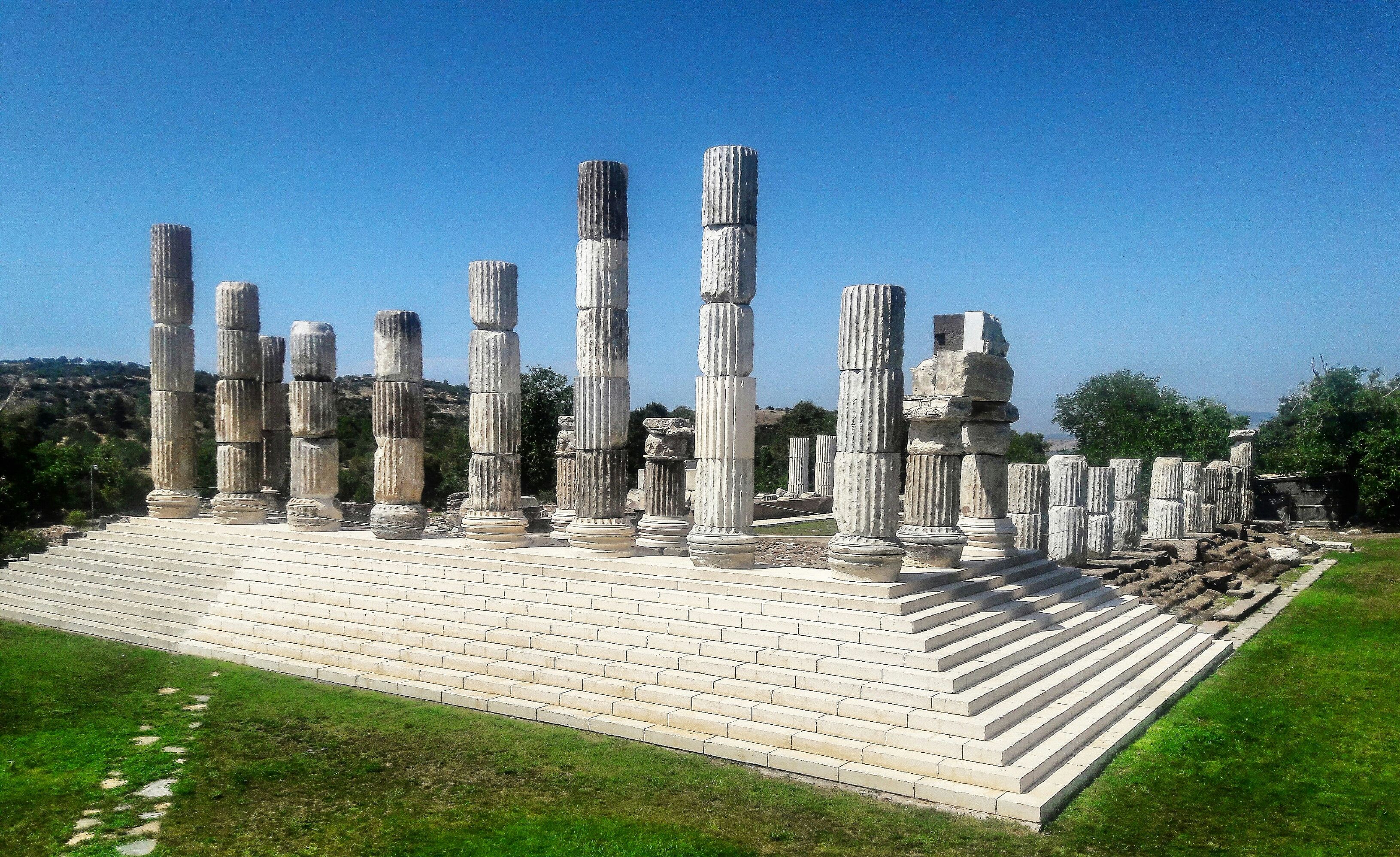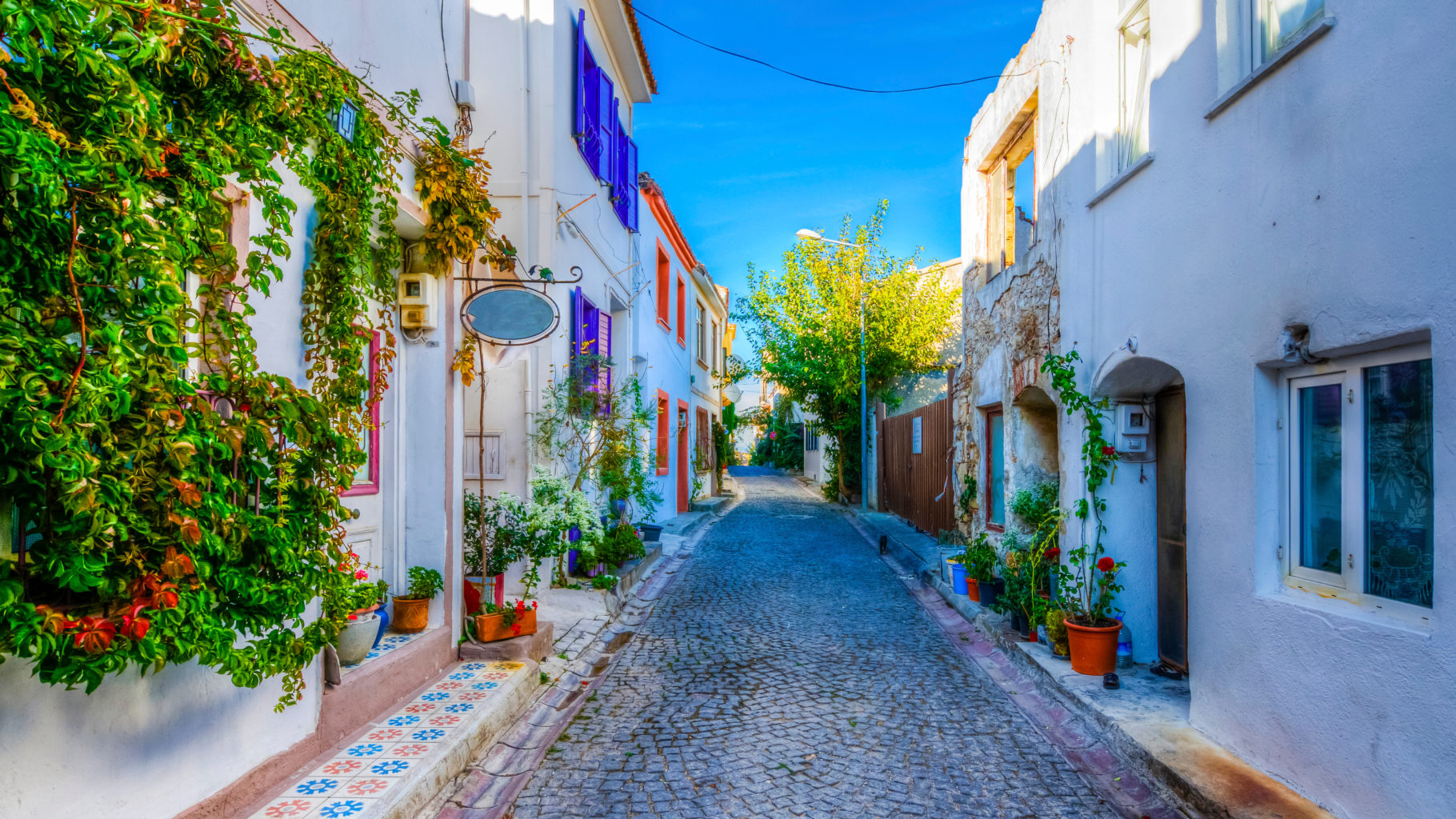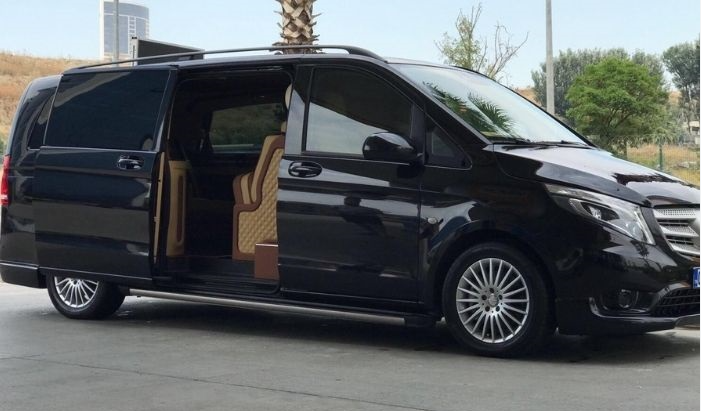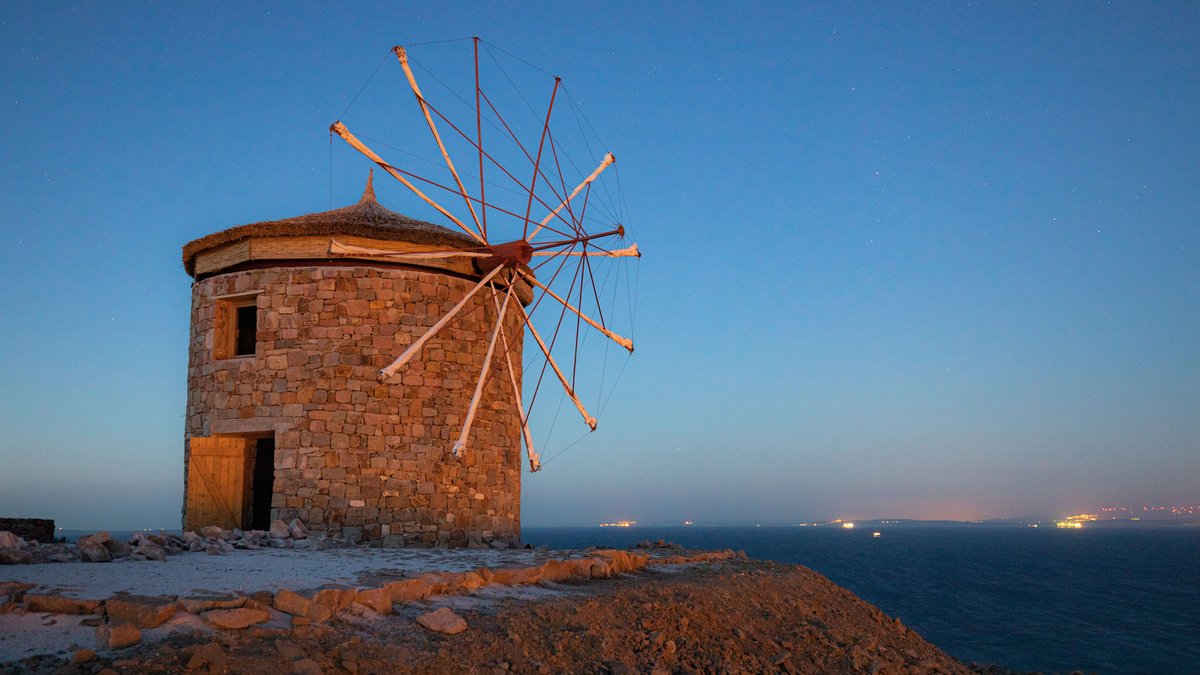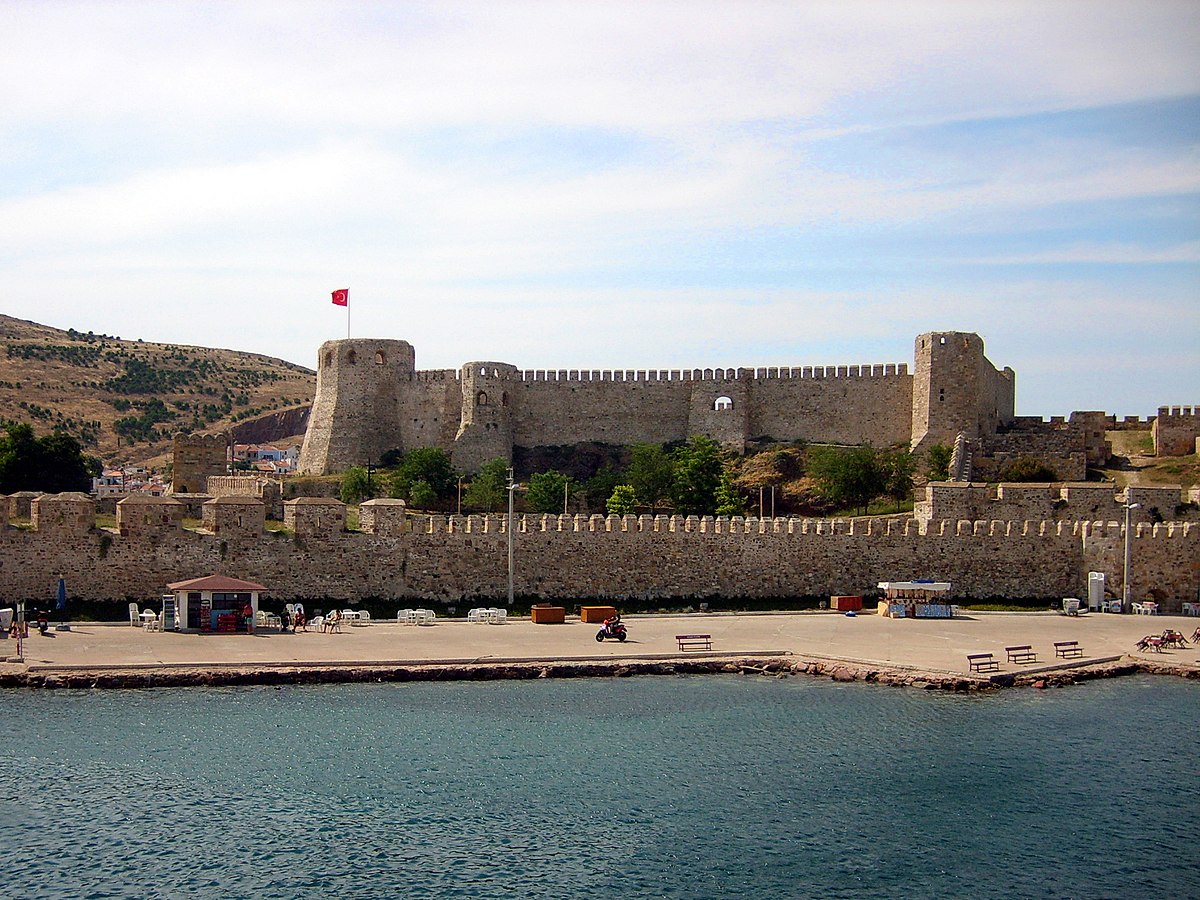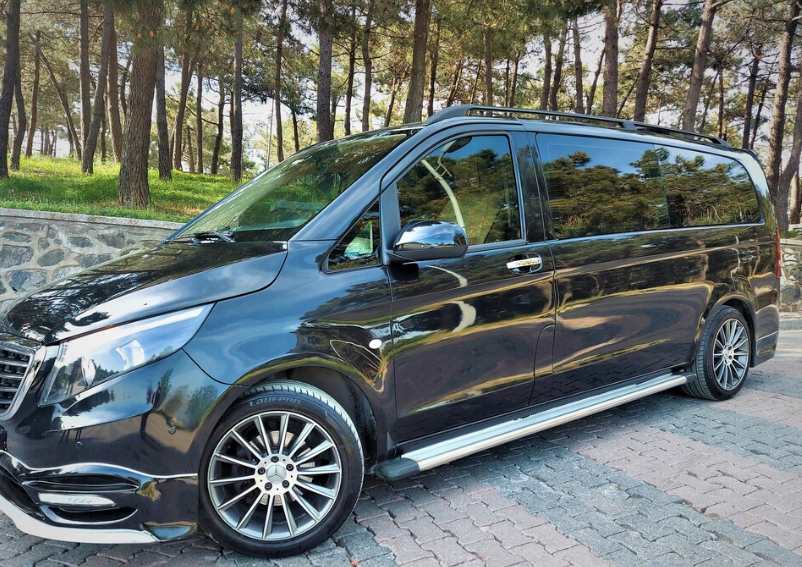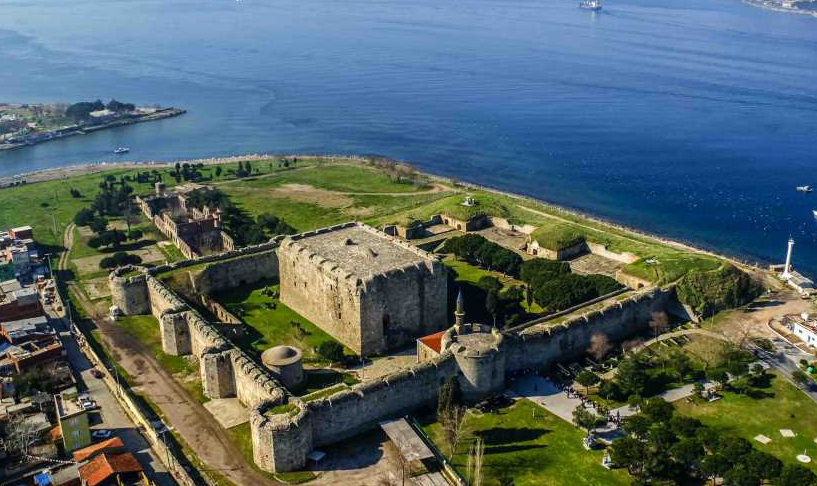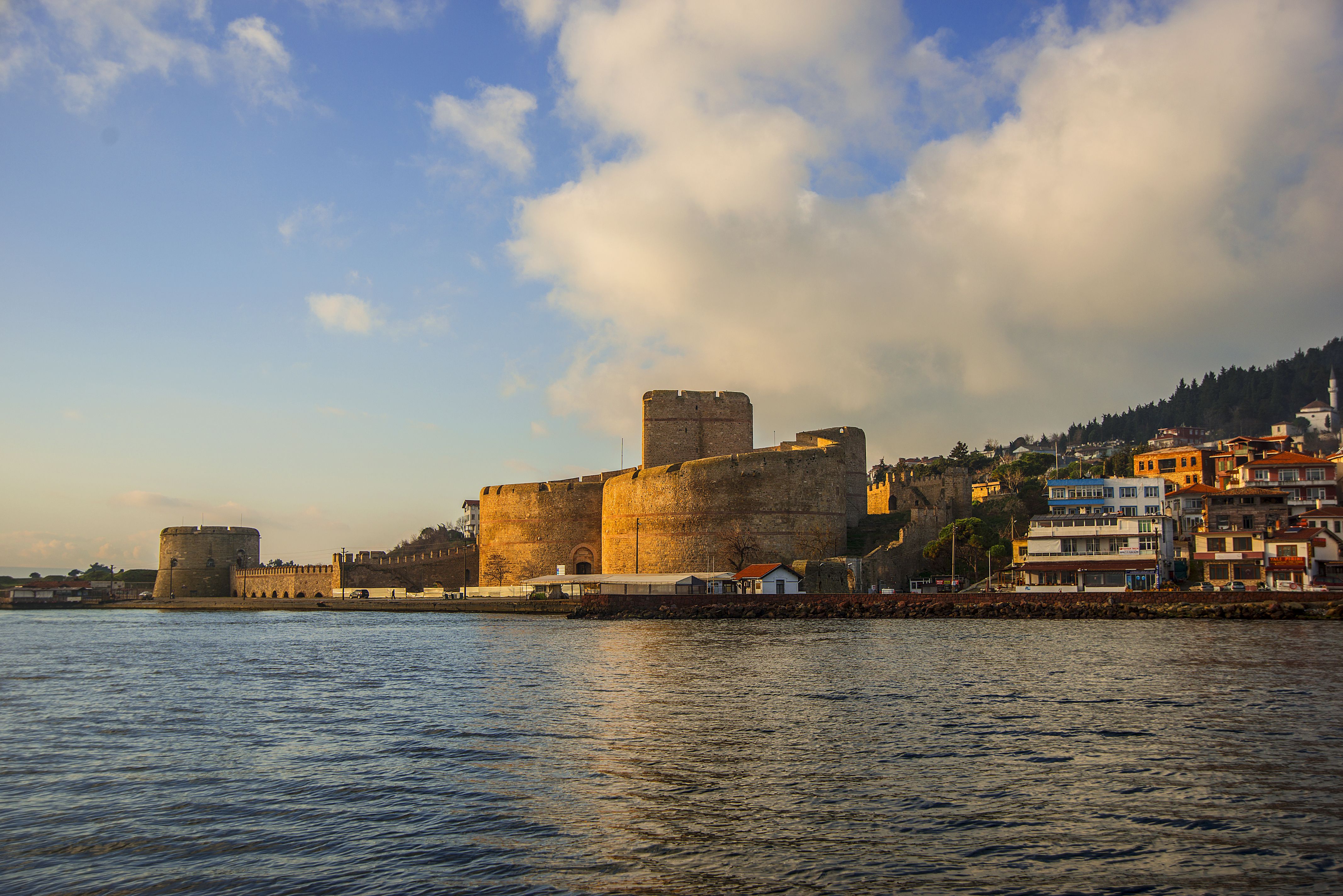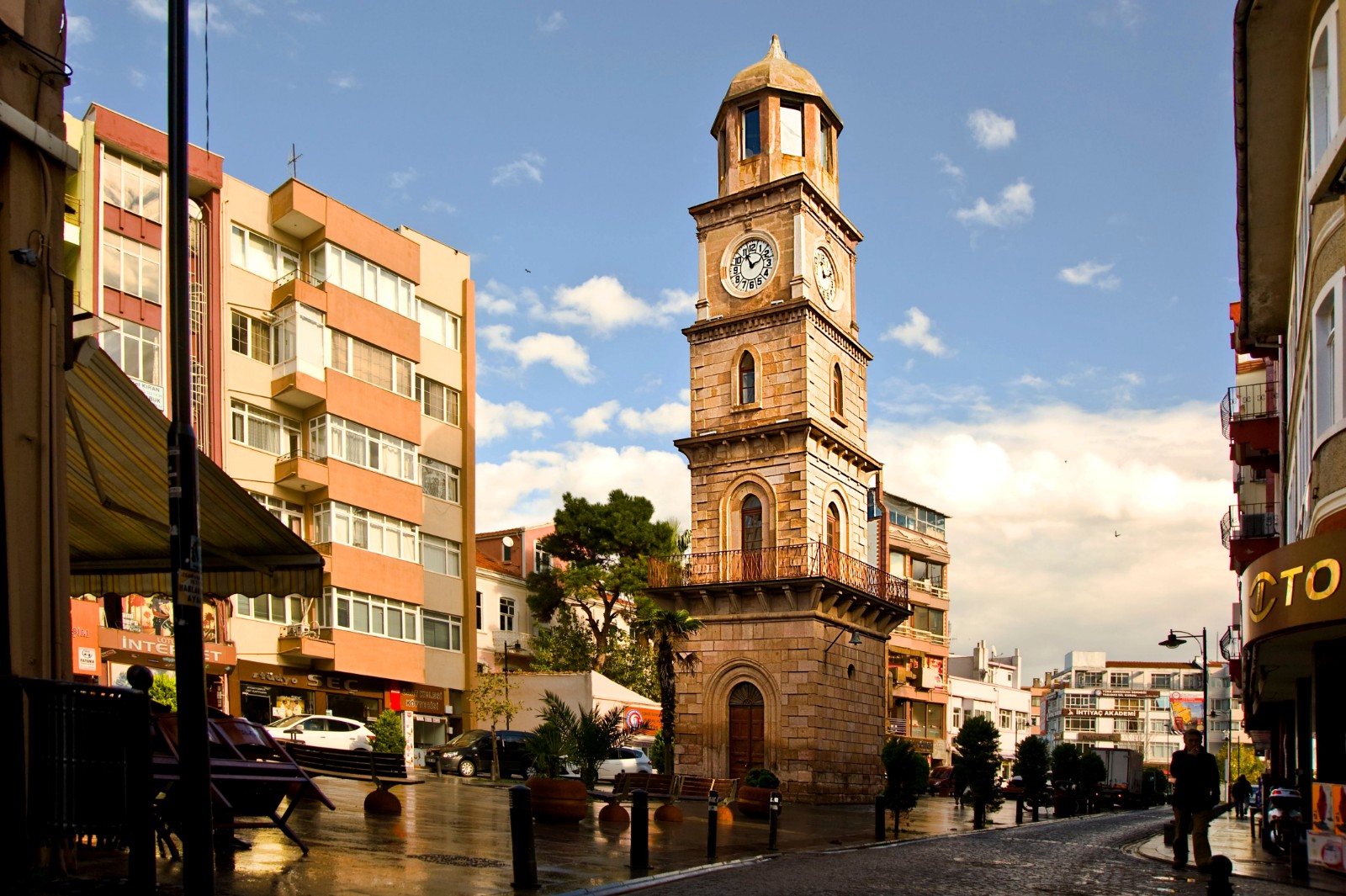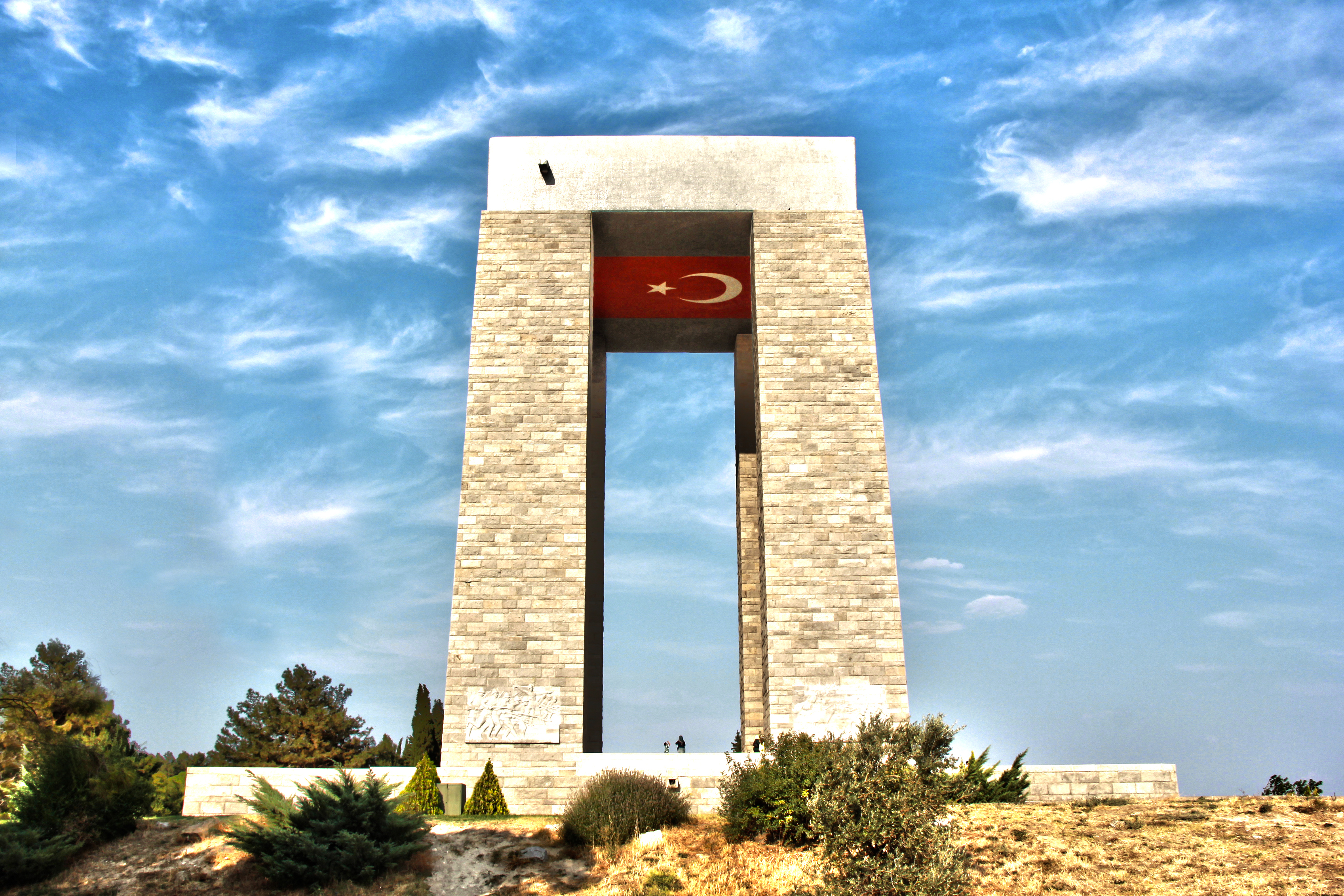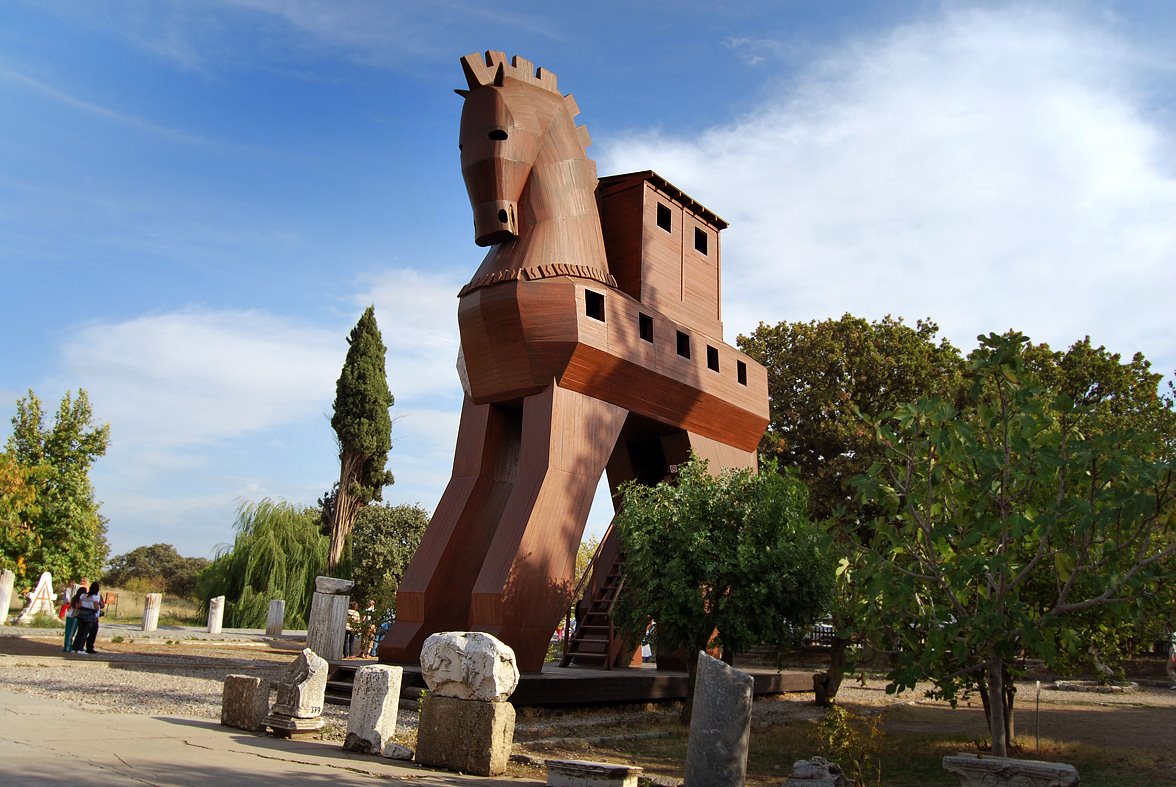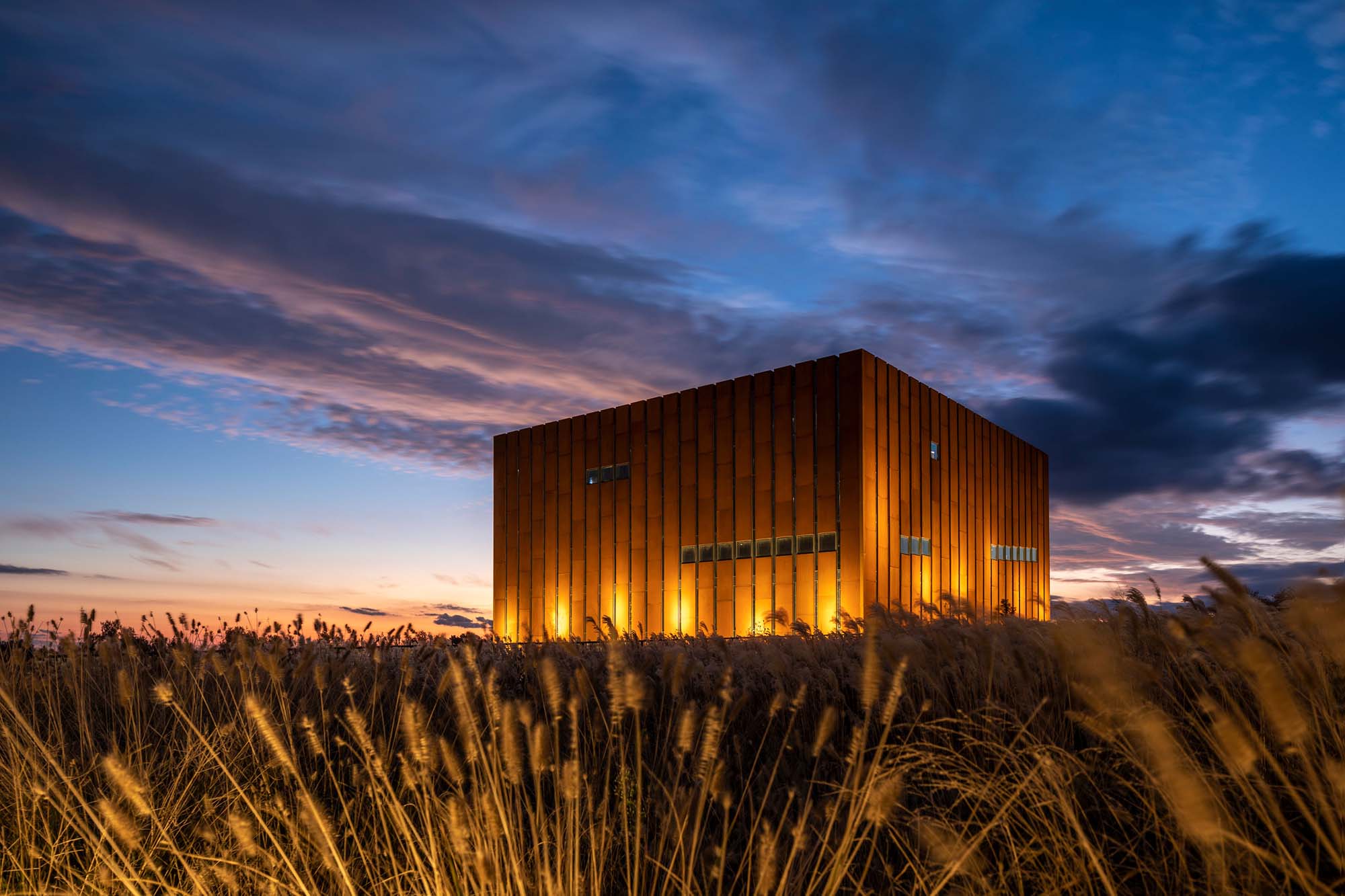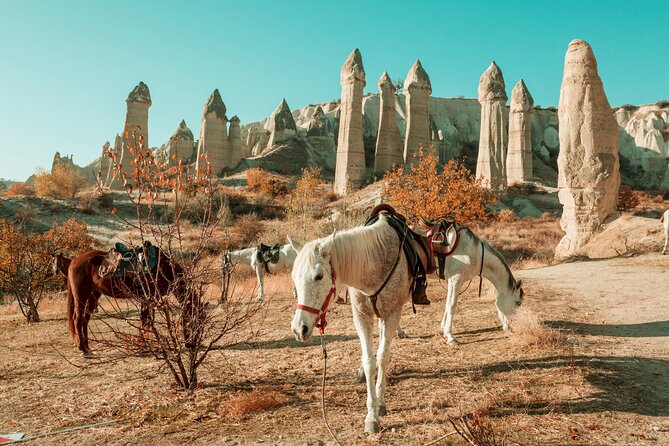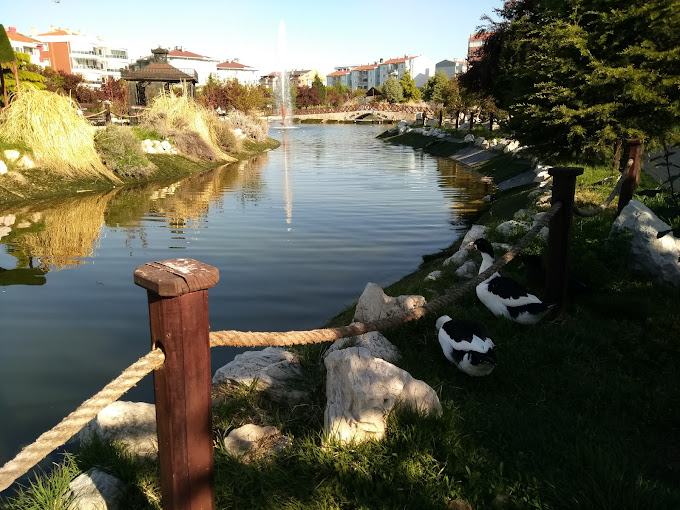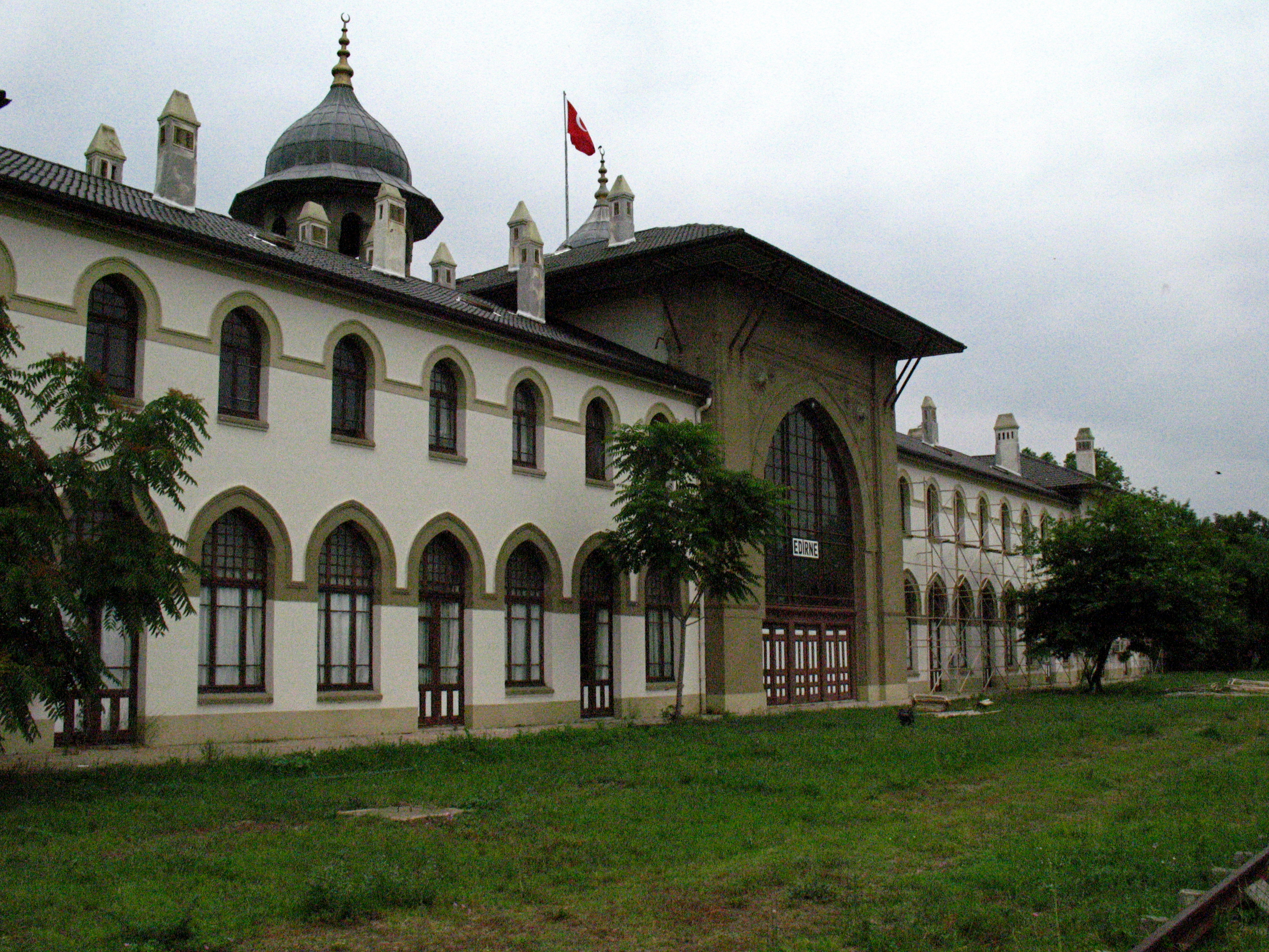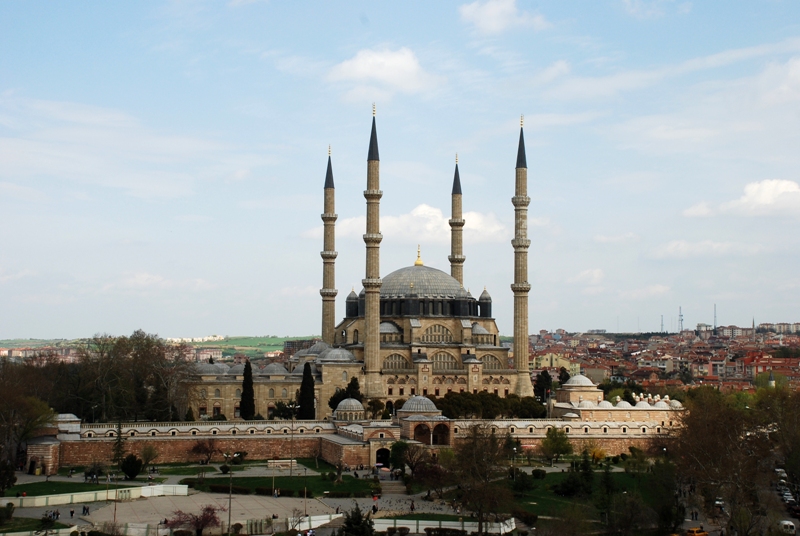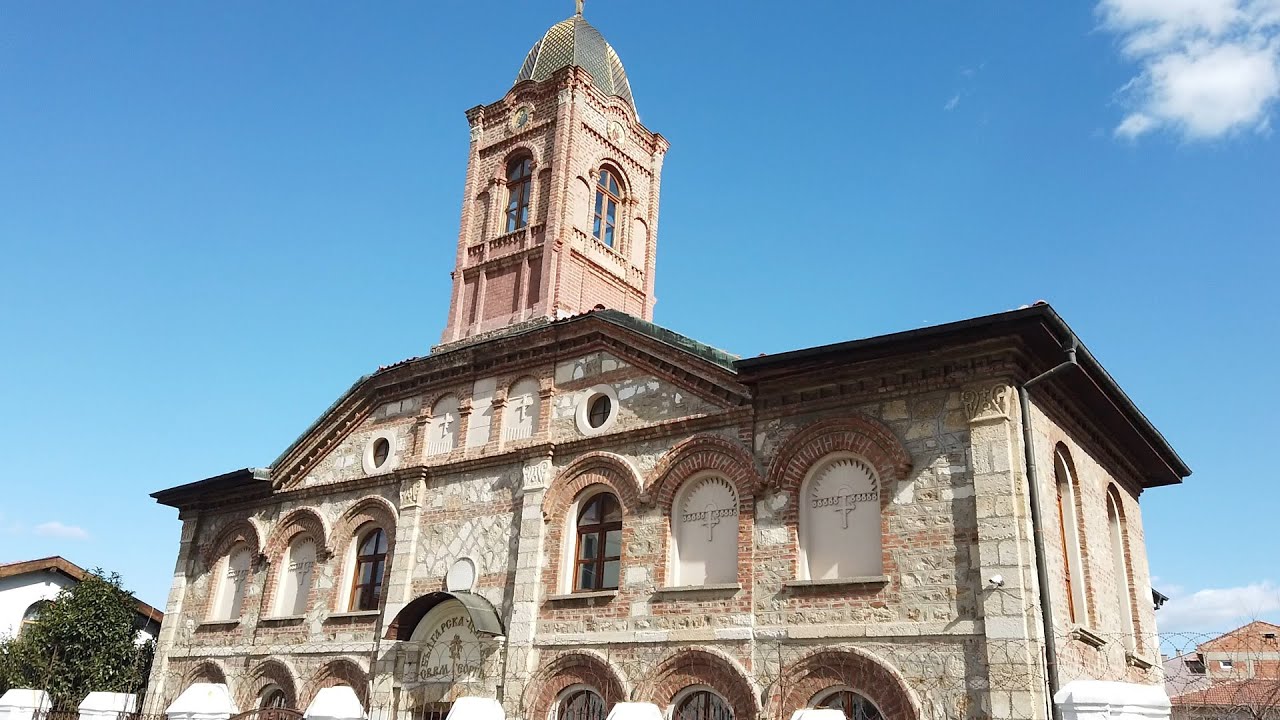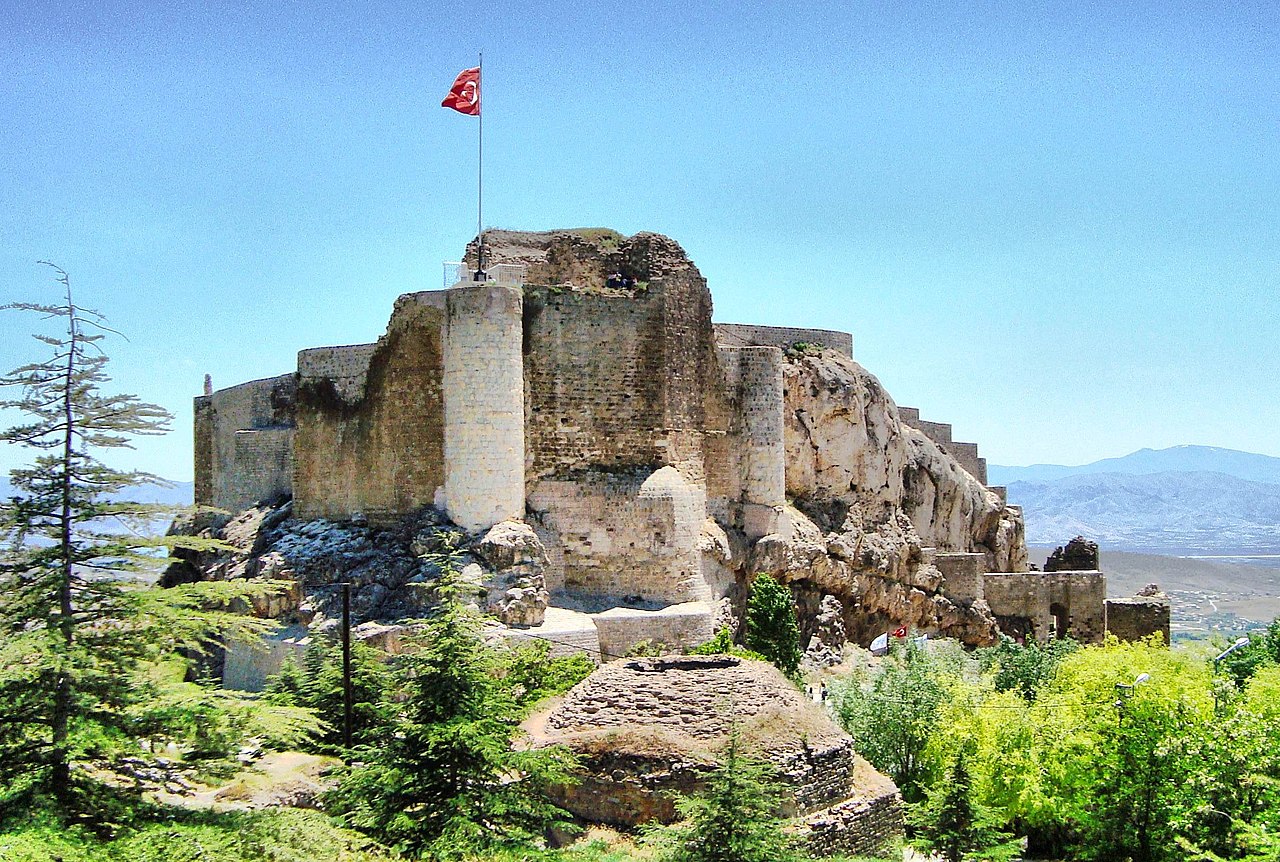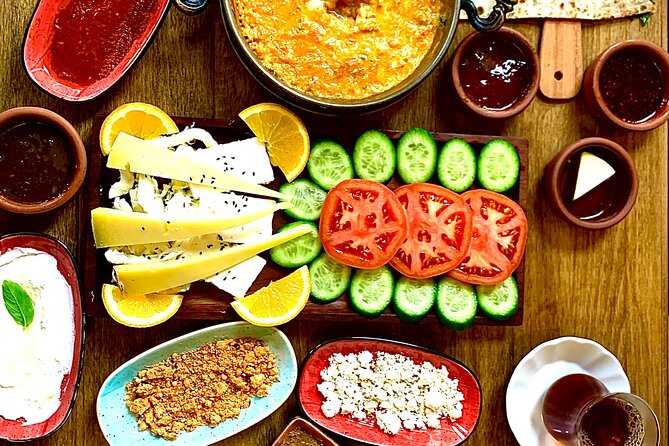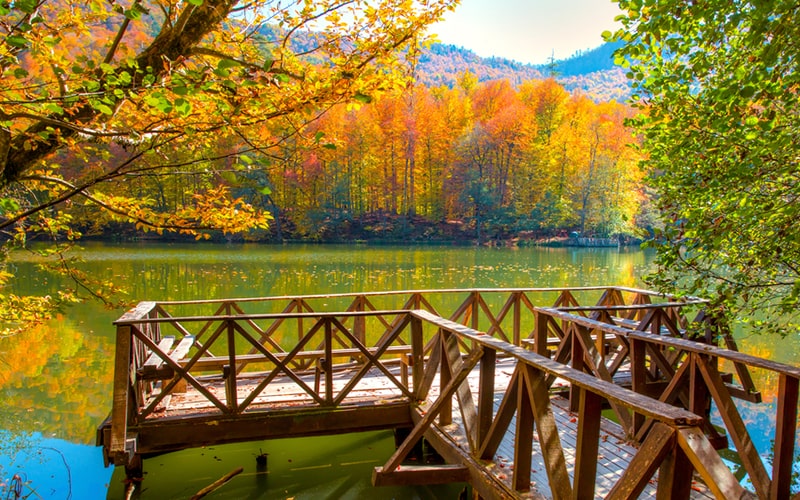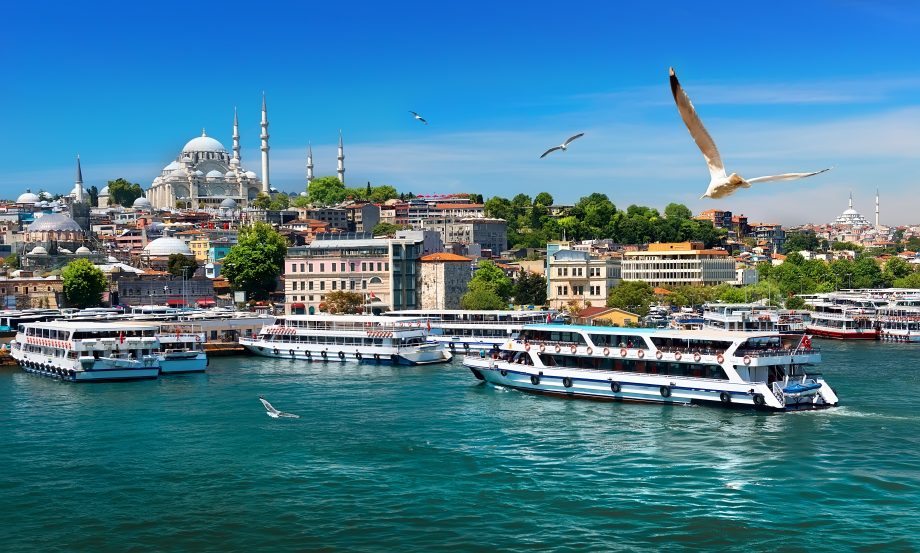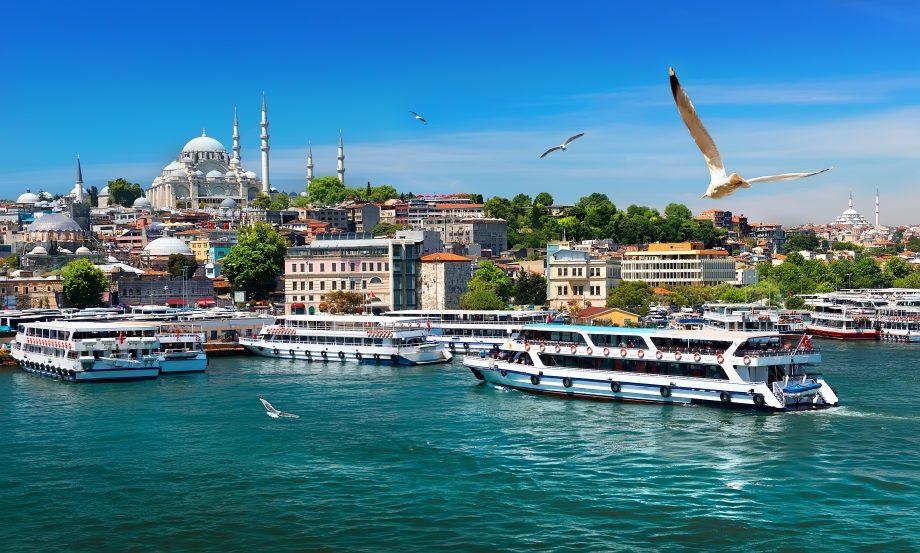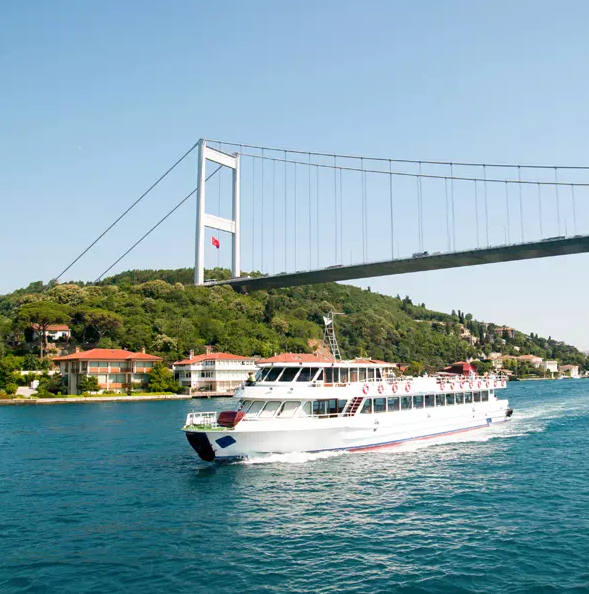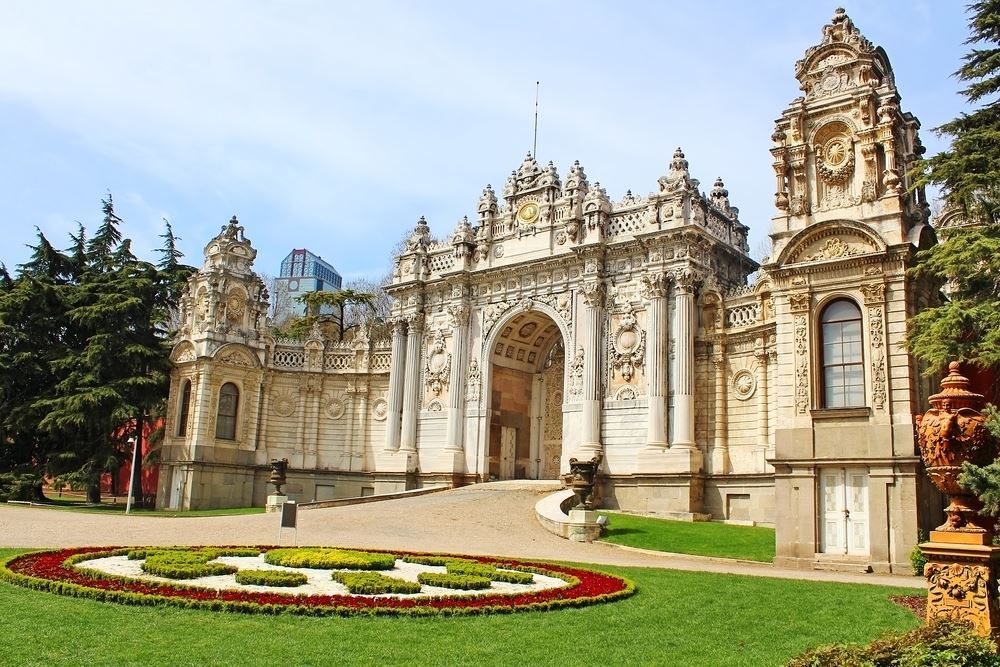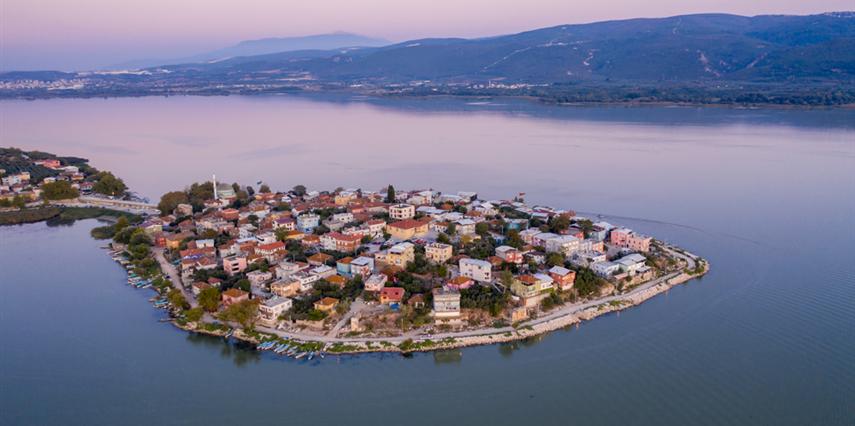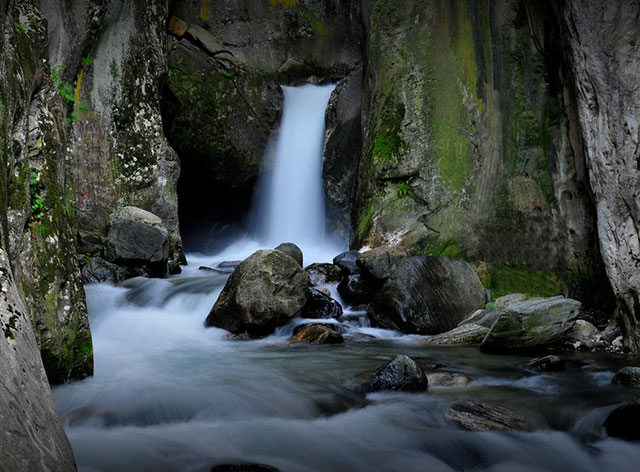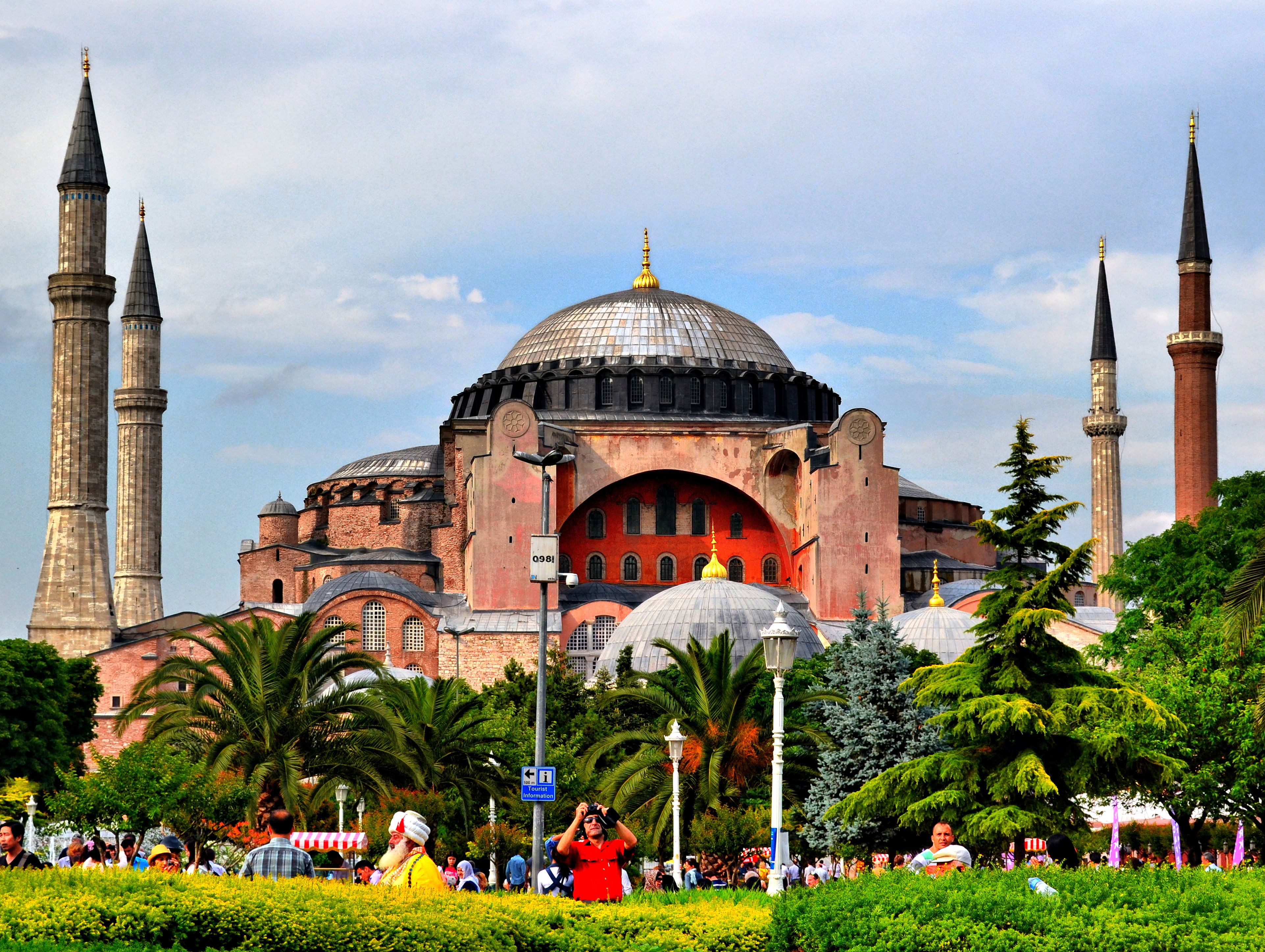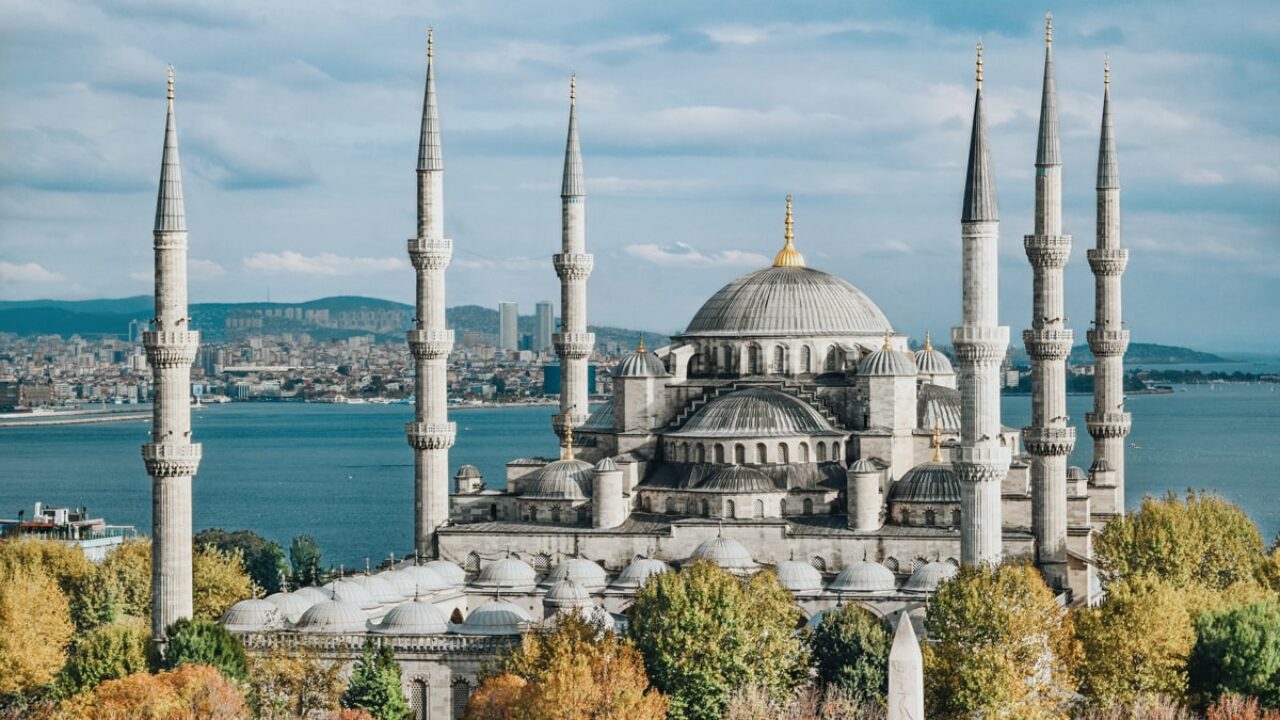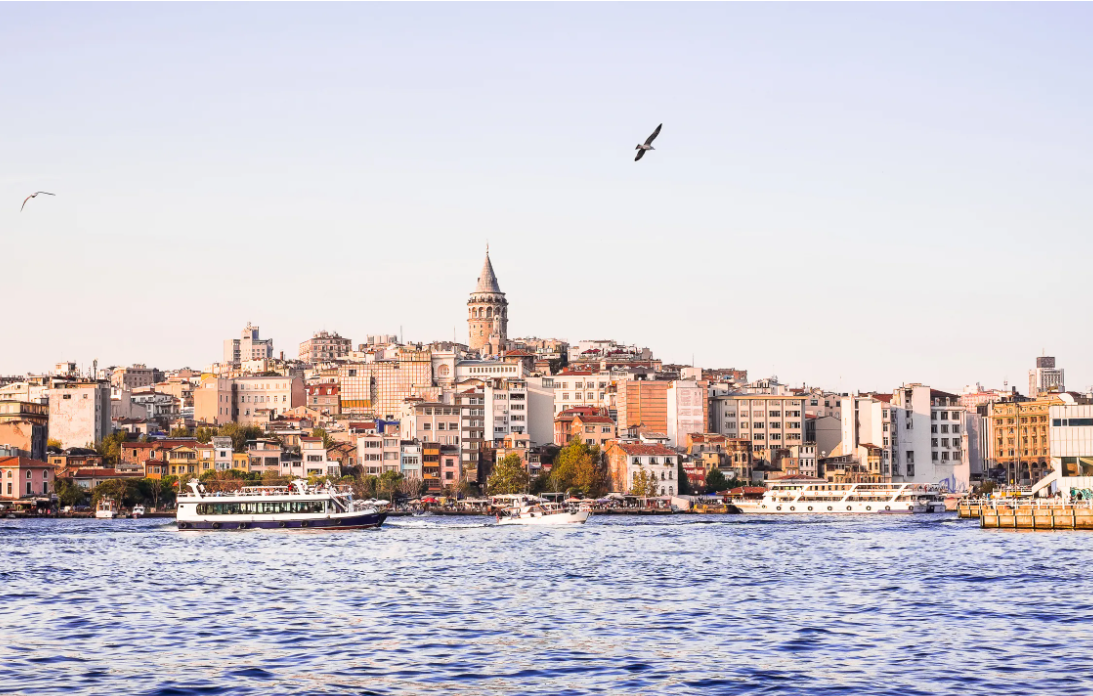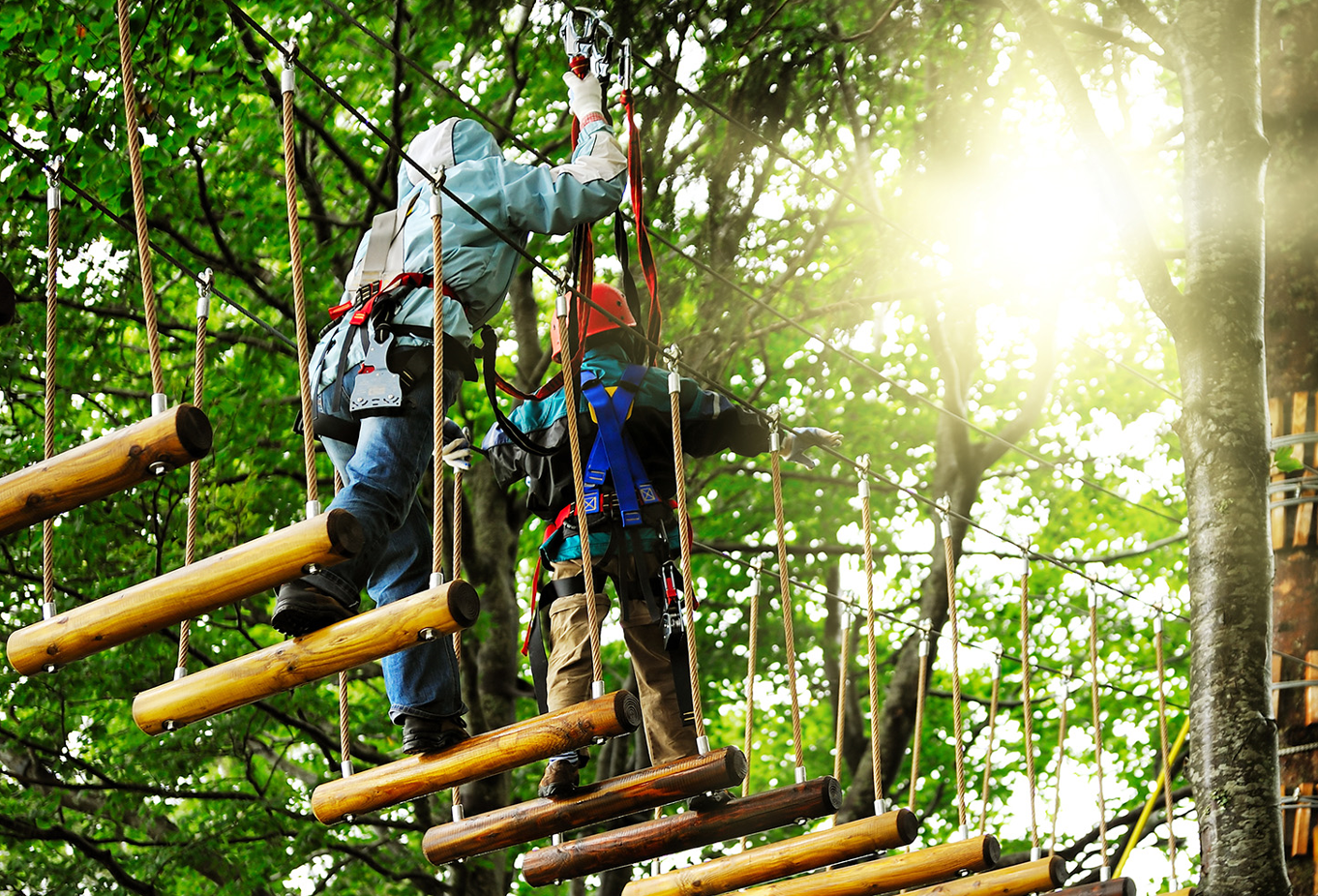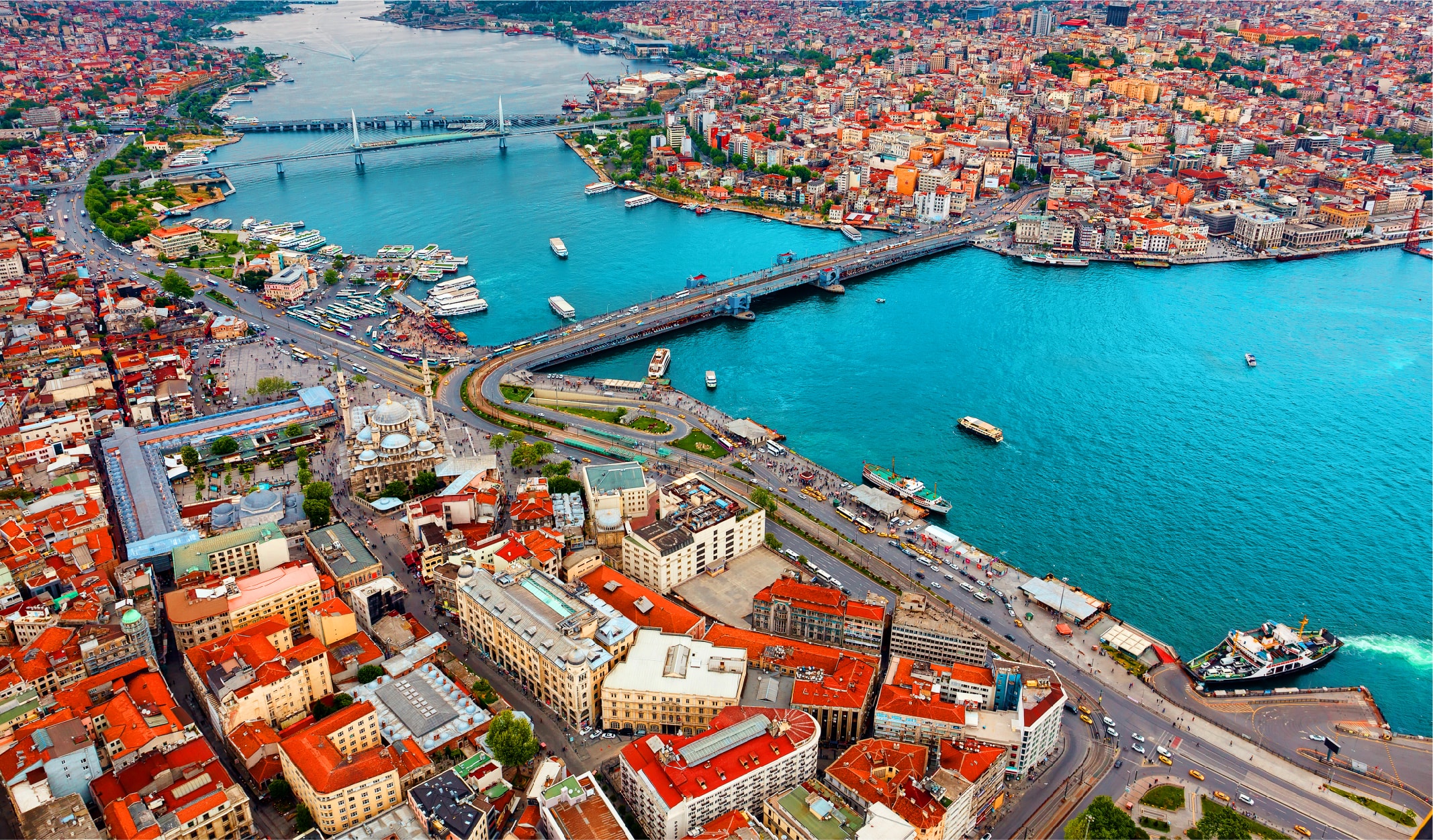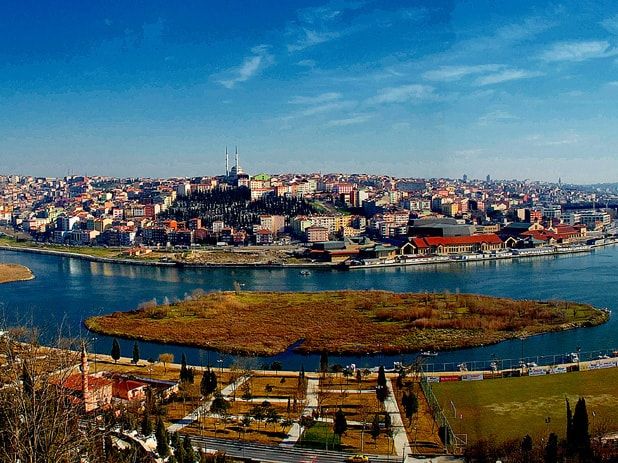Edirne Archeology and Ethnography Museum
At the entrance of the garden, sarcophagi from the Roman period, dolmens and menhirs; Just behind it, tombstones belonging to the Ottoman Period are exhibited. Also in the garden are column capitals, sculptures from the Hellenistic, Roman and Eastern Roman periods, and Edirne's fish ponds and birdhouses, which are related to the aquaculture of the Ottoman Period. Exhibiting in the Archeology section begins with fossils from the Paleontological period. There are fragments of the defense, jawbone, teeth and vertebrae of rhinoceros and horses belonging to the end of the 3rd Period in Edirne and its surroundings. In addition, fossils belonging to the Miocene Period 30 million years ago and other marine animal fossils are exhibited here. Archaeological finds begin with stone, bone and terracotta finds from the Middle Neolithic-Early Chalcolithic Period (73007400 years ago) found in Enez Hocaçeşme Mound. Artifacts found in the excavations of the Hacılar Dolmeni exhibited in the garden of the museum, the ceremonial vessels found in the Lalapaşa Arpalık Dolmen and Taşlıcabayır Tumulus rescue excavations; It is exhibited as documents of the culture belonging to the beginning of the Late Bronze-Iron Age in 1400-800 BC. Among the marble statues and steles, the tomb steles with the depiction of the deified Thracian Horseman belonging to the Thracians, the indigenous people of the region, are among the regional artifacts exhibited in the museum. The excavations and researches that have been going on since 1971-72 in Enez, which was an important port city established on the obligatory passageway where land, sea and river roads intersect, connecting the Balkans, Andolu and the Aegean in the early ages, show the development of the region from the Neolithic Age to the present day. Among the finds from the Enez excavation, which form an important part of the museum, figural amphorae, terracotta figurines and ceramic works, marble statue fragments, stelae, various jewelry and valuable works such as these are exhibited. Apart from the regional artifacts seized from Kapıkule, İpsala and other border gates, various artifacts belonging to Anatolian civilizations are also exhibited in the museum. In addition to jewellery, terracotta and glass works, statues, stelae and coins are exhibited in the showcases of their period. Edirne, which was the capital of the Ottoman Empire for about a century, was built in the XVII century. century, it is known as one of the important cities. The reflections of this unique culture draw attention in the exhibition. Carpets, embroideries and Edirnekari cupboards in the bride's room are valuable works of art of the period. The tombak pitchers, censers and rosebuds exhibited in the hall attract attention. The regional costumes unique to the Balkans shed light on the ethnographic identity of the city. In the hall where different examples of calligraphy are represented, some special items that the Great Leader Atatürk used during his visit to Edirne are also exhibited. The exhibition starts with the carpet-rug gallery at the entrance. In the great hall, there are Edirnekari cupboard, Edirne bride's room, Turkish bath corner, Edirne living room, Şarköy rugs, Edirne houses linen plaster sample, various embroidery and clothes, jewelry, laces, and artifacts donated by individuals. Wooden chests decorated with ship depictions, edicts, calligraphy plates and original examples of Edirnekari decoration technique are among the works exhibited in this section. Edirnekari It is an ornamental art that is usually applied by painting on wood. It is also known as Edirne work. It has its own unique style. It is noteworthy that the paints used do not deteriorate and that naturalistic flower, leaf and fruit motifs are used in the decoration. Edirne work in the sources, drawers, chests, pencils, doors, ceilings, cabinet doors, etc. from the 14th to the 19th centuries. It has been defined as a branch of art applied on materials. Edirnekari decorations have become widespread throughout Turkey over time.





